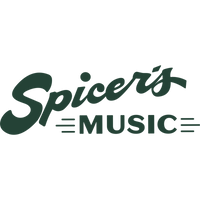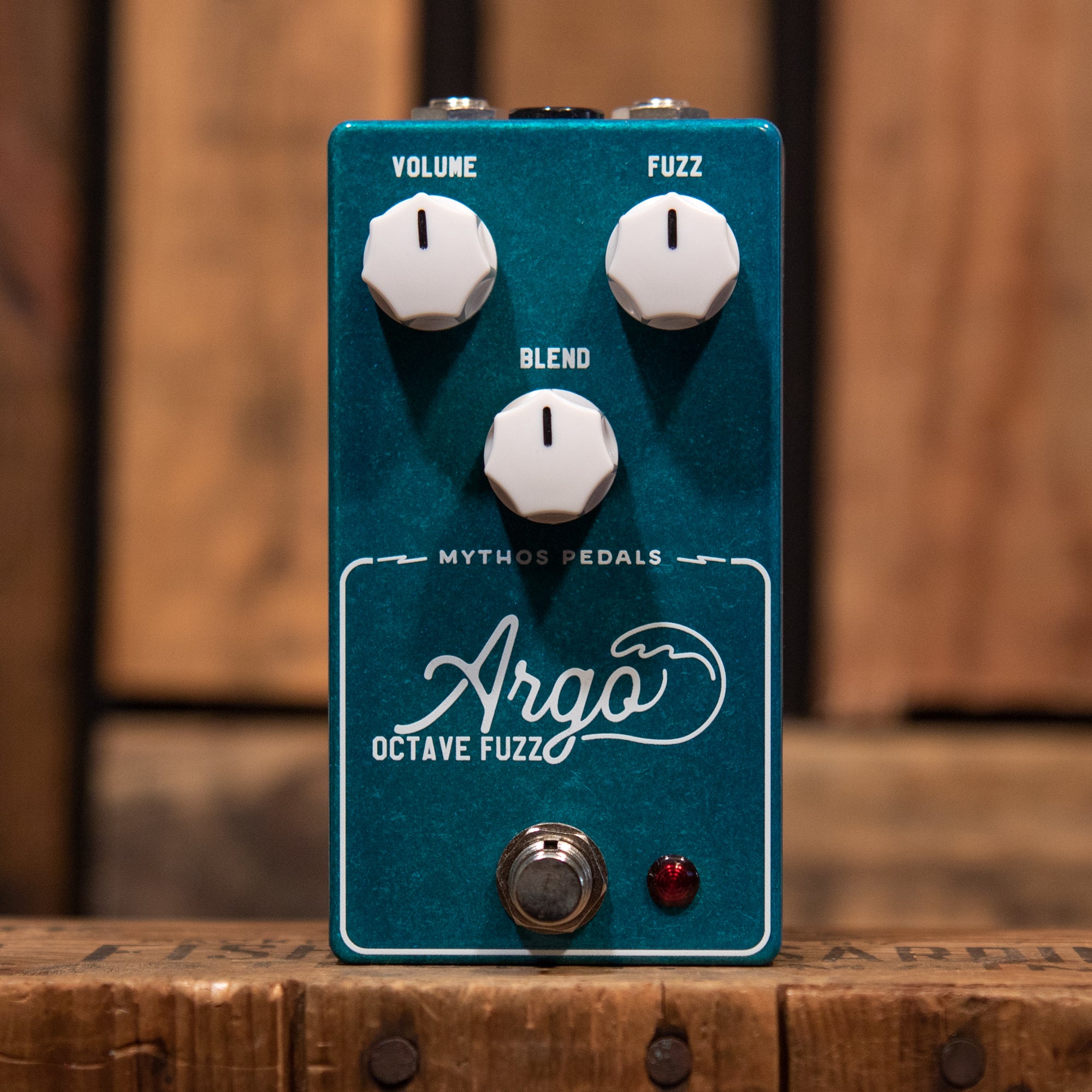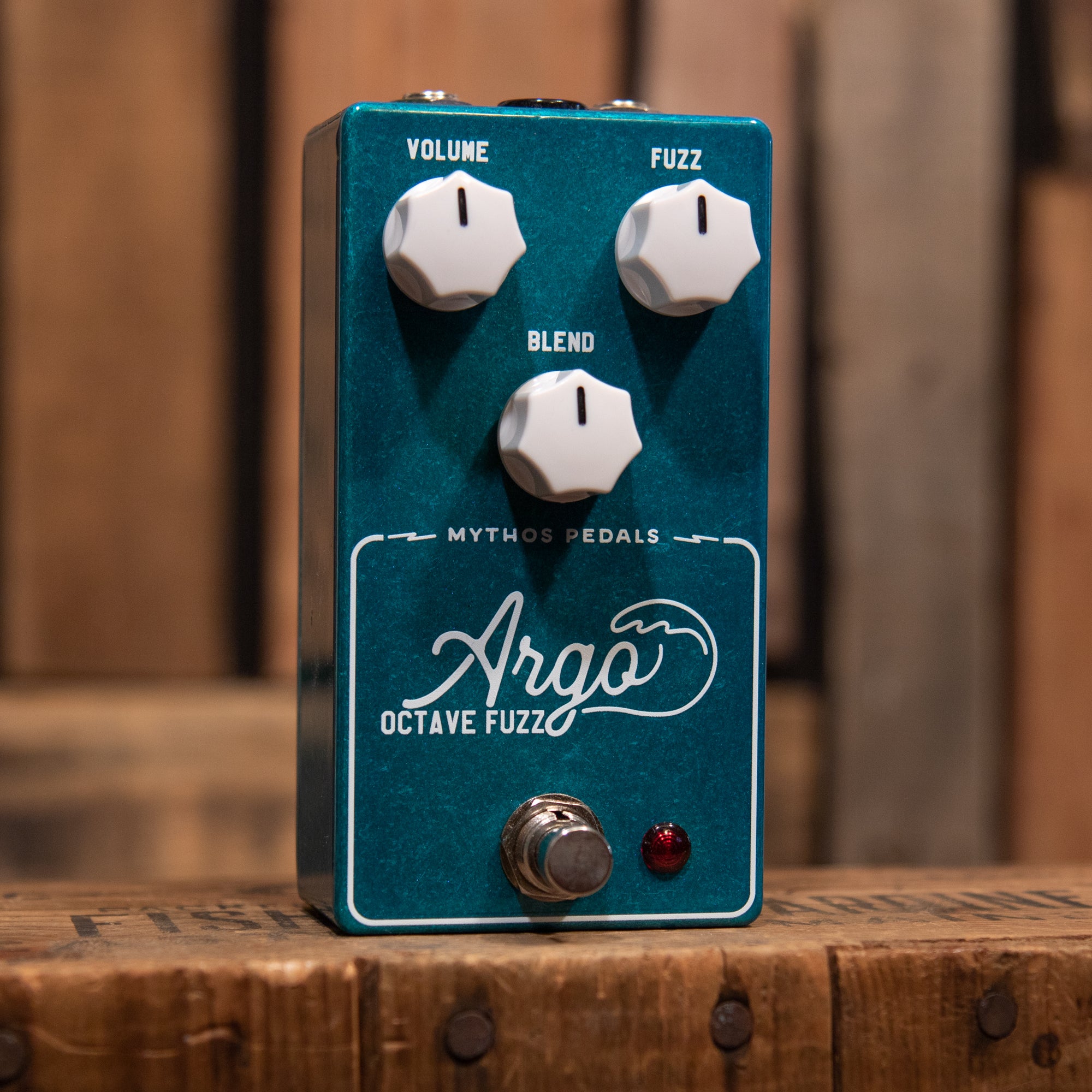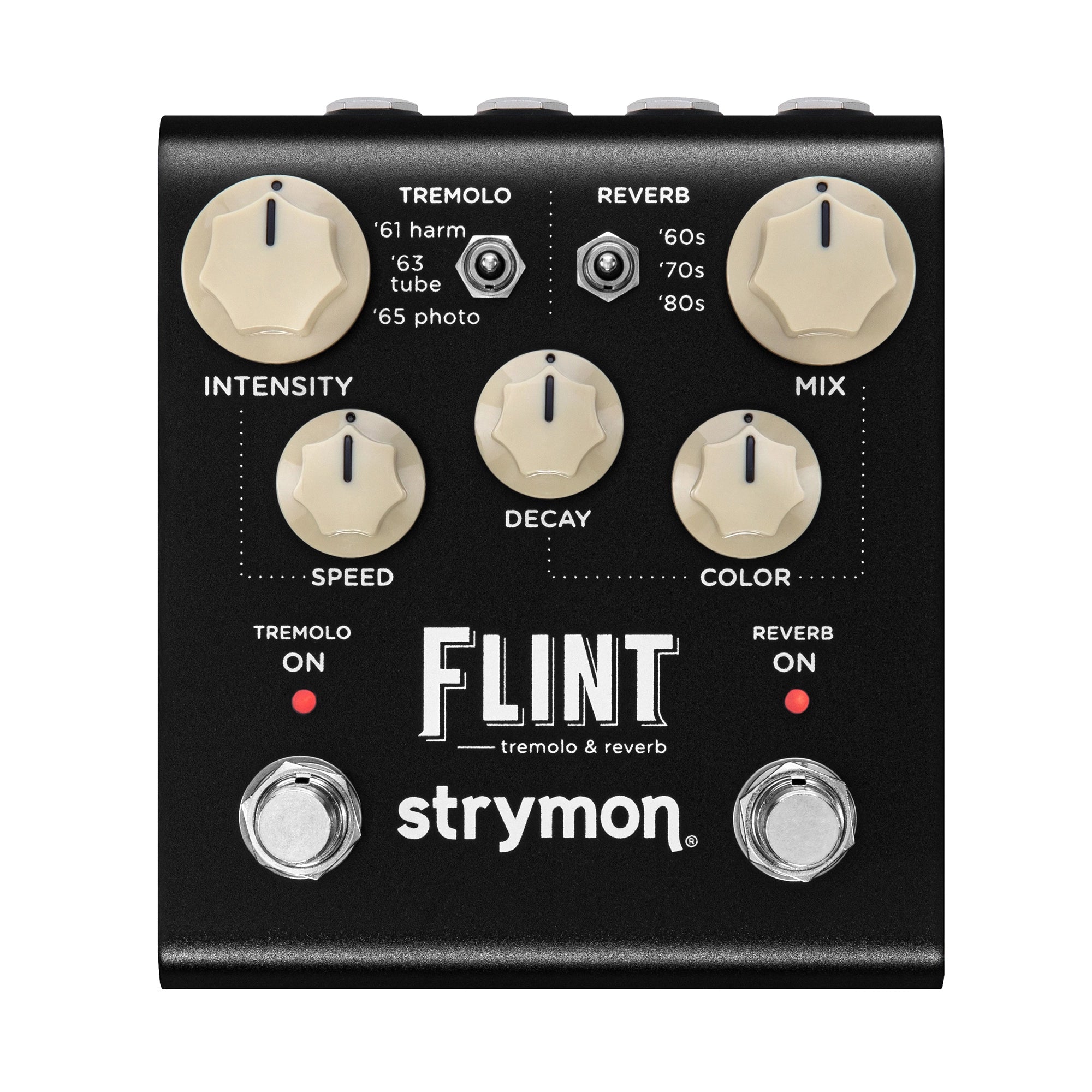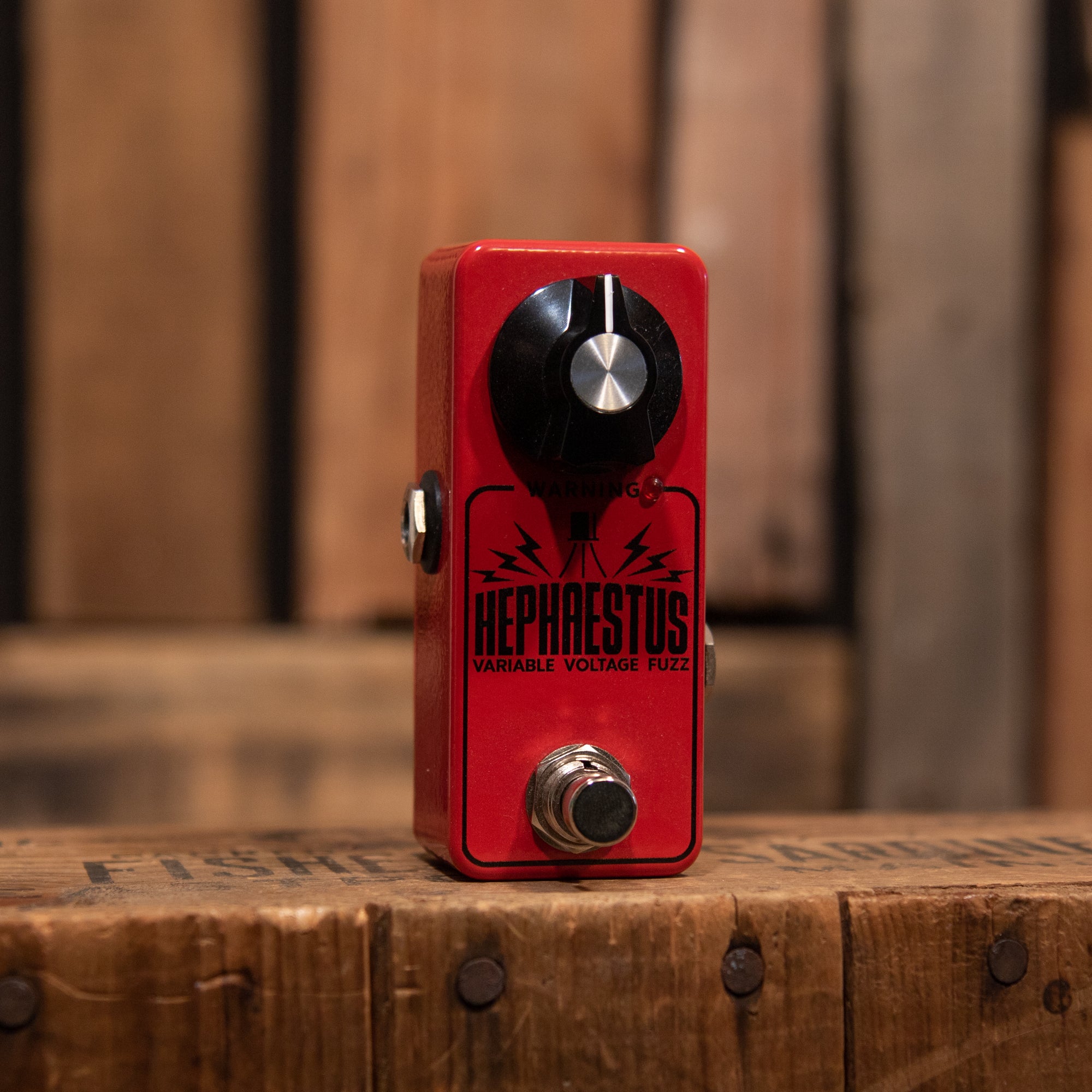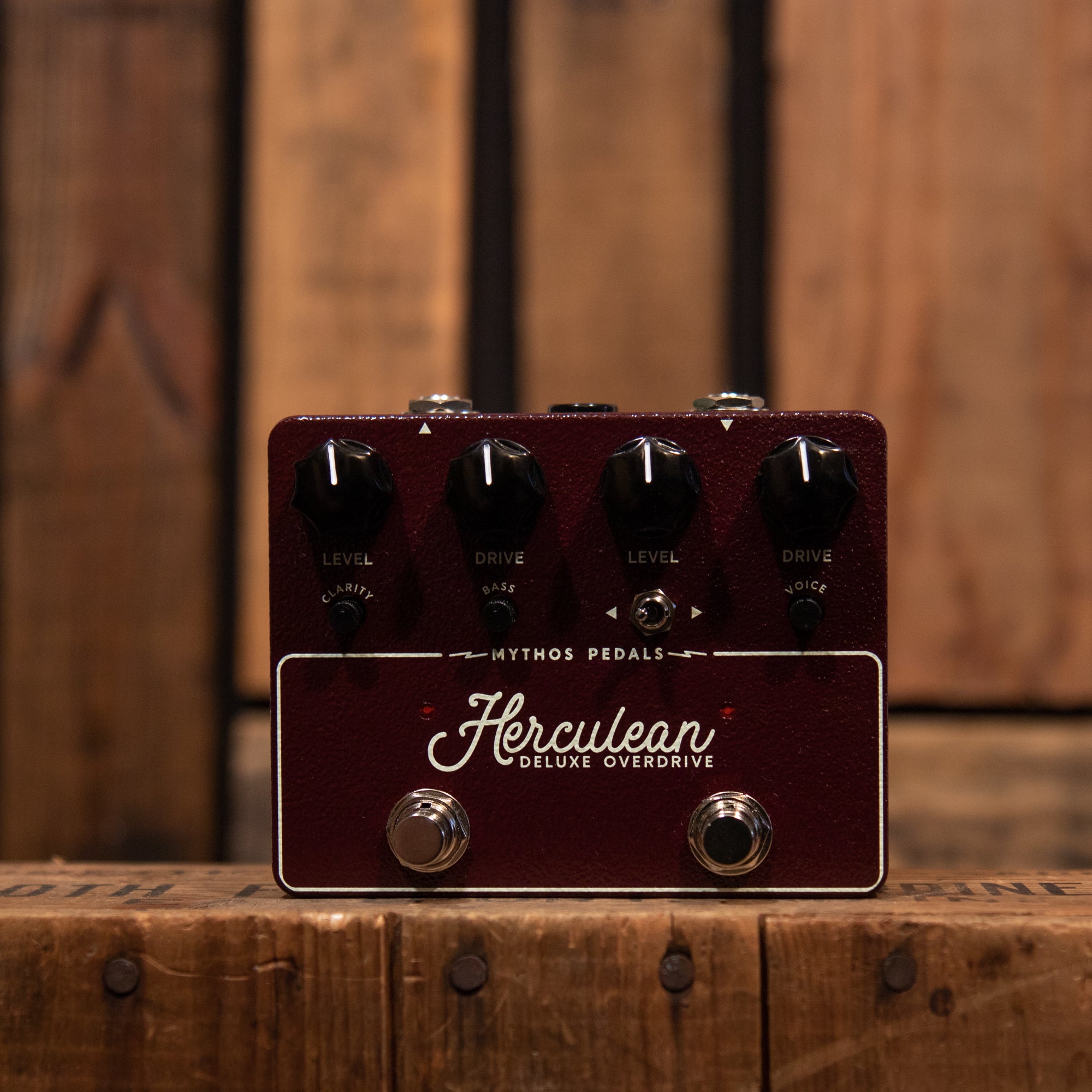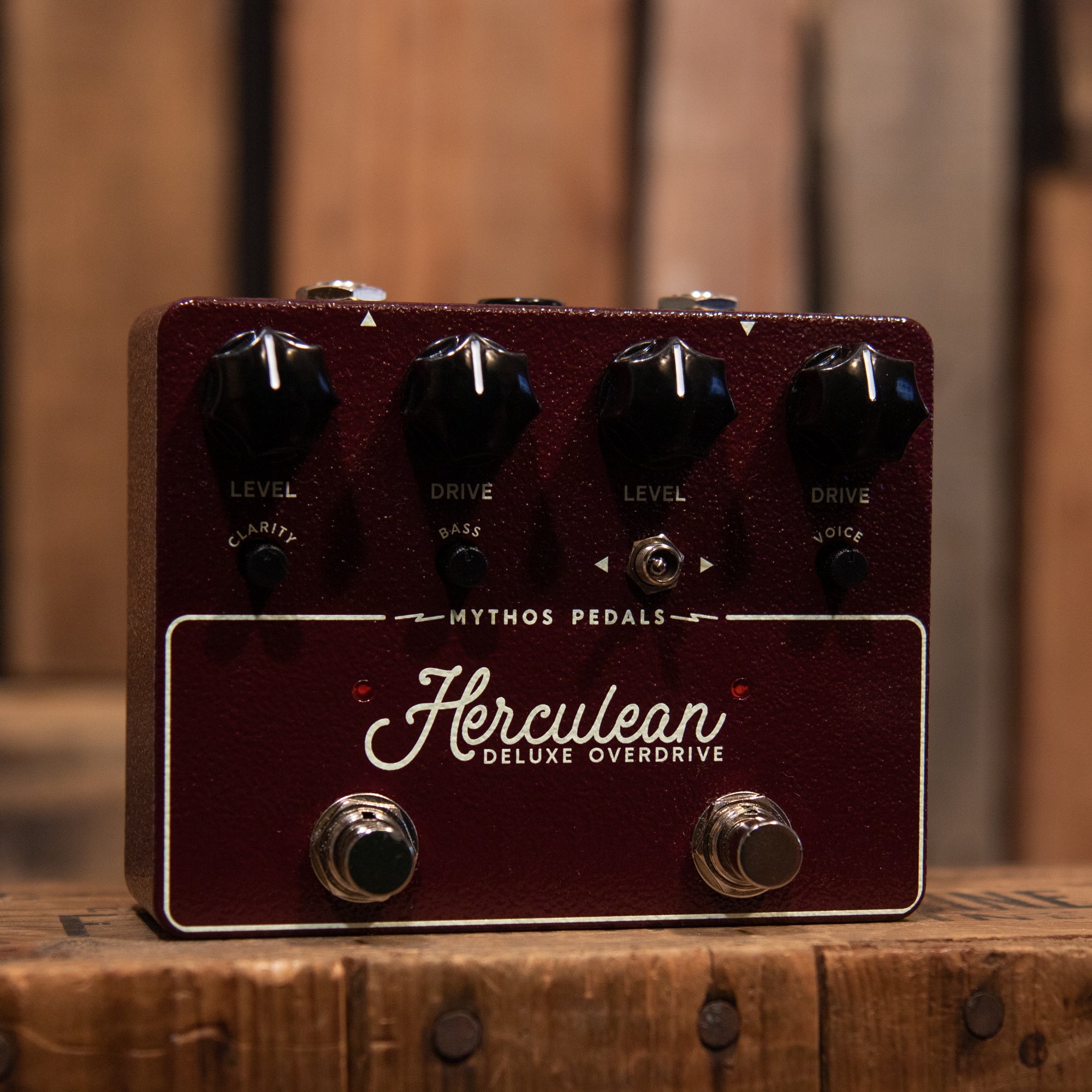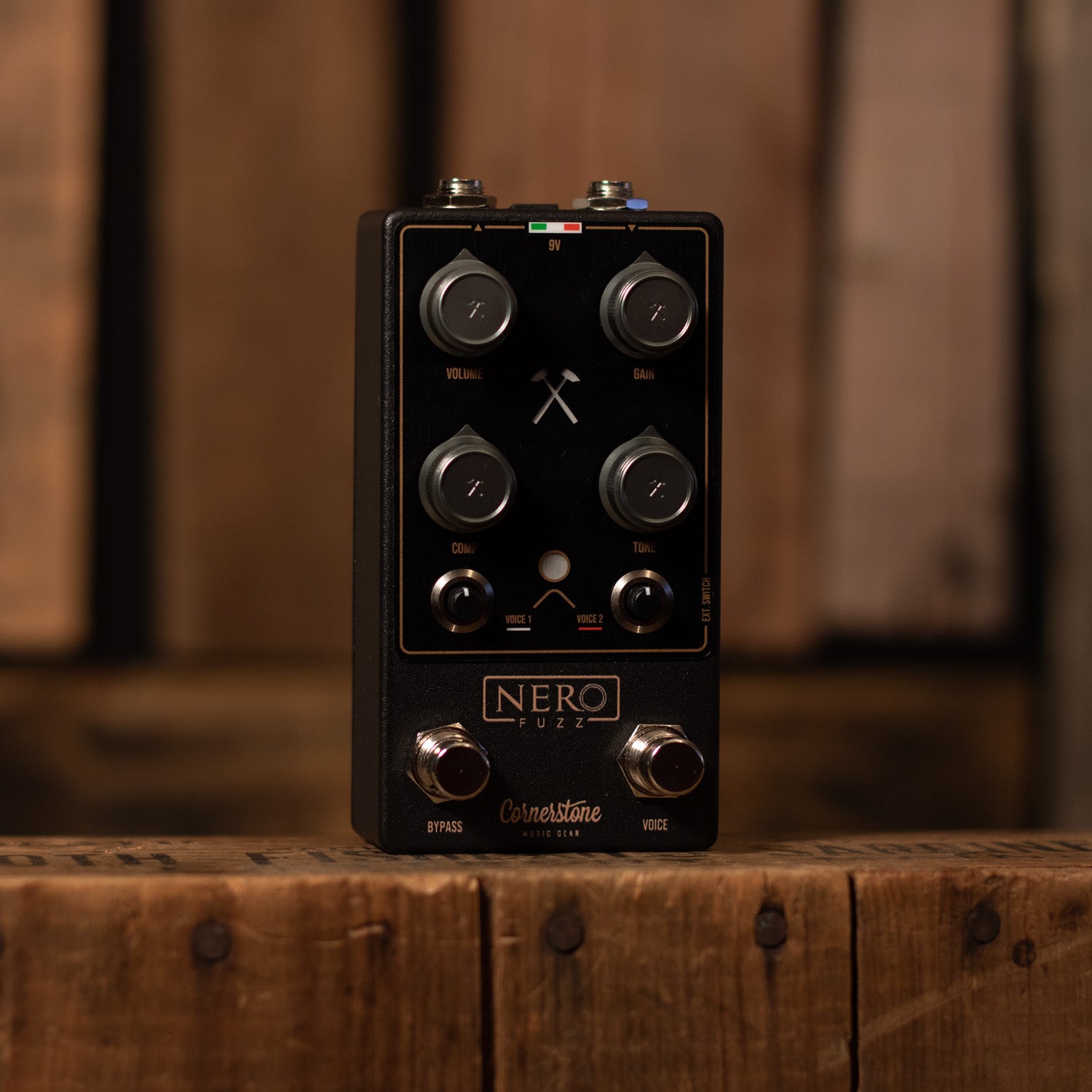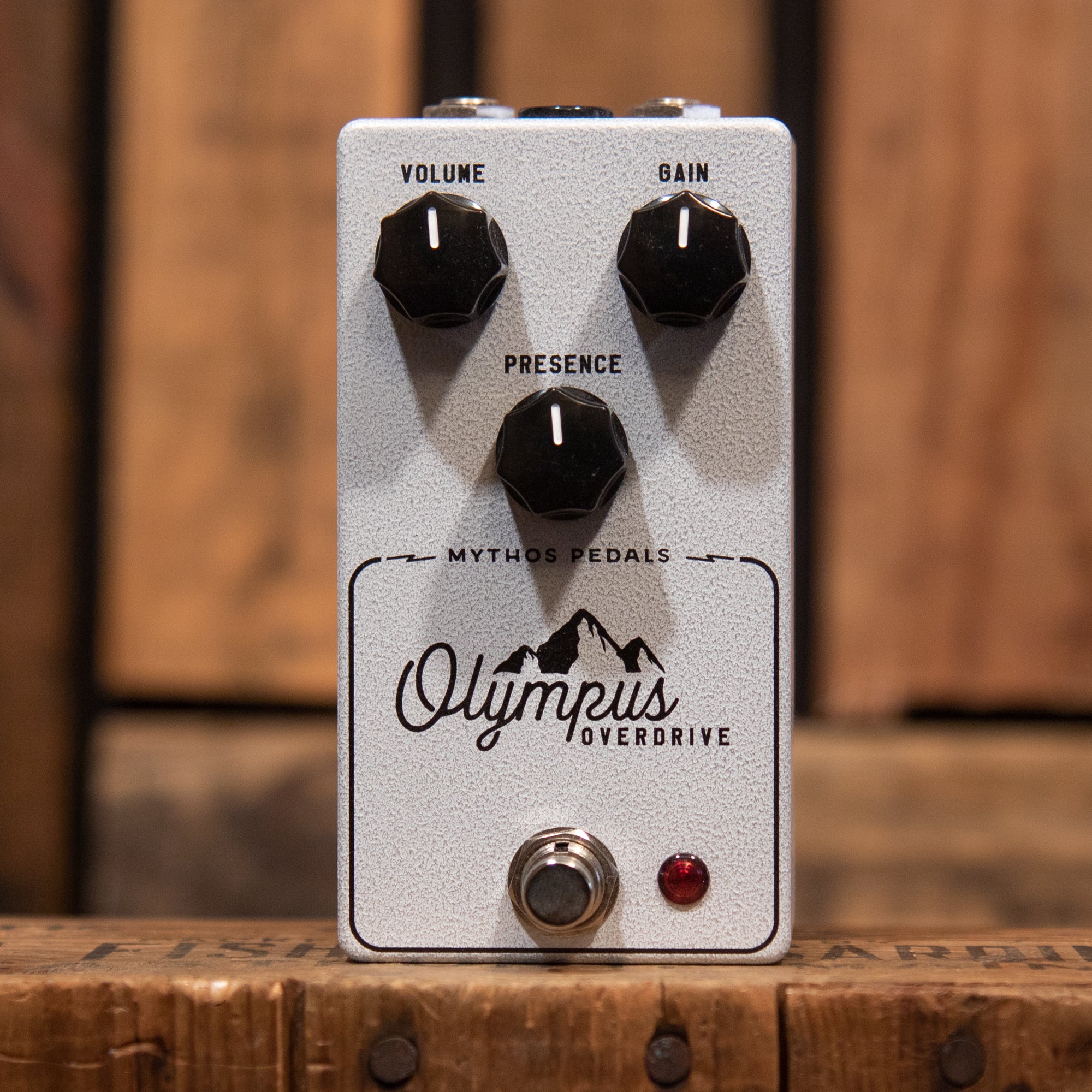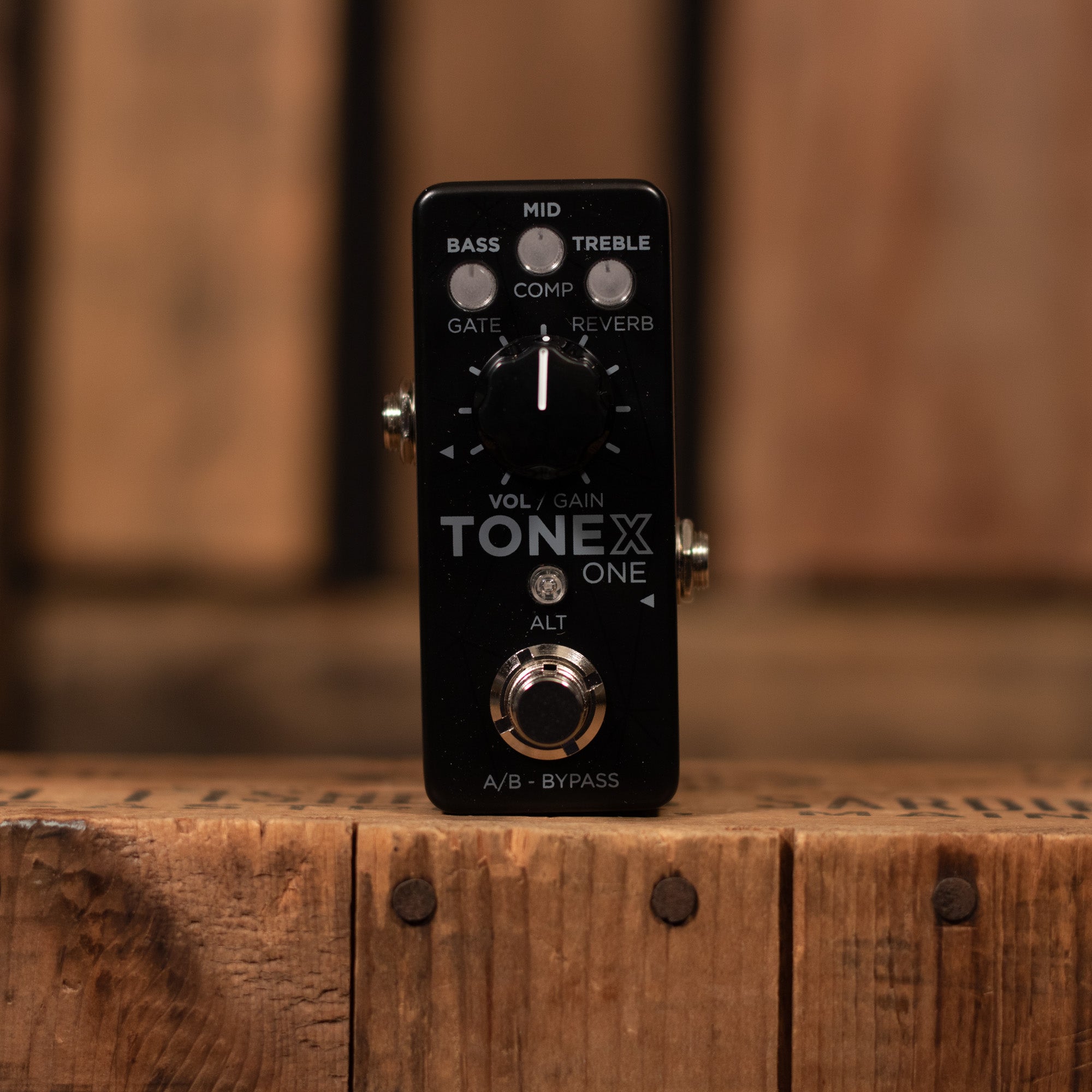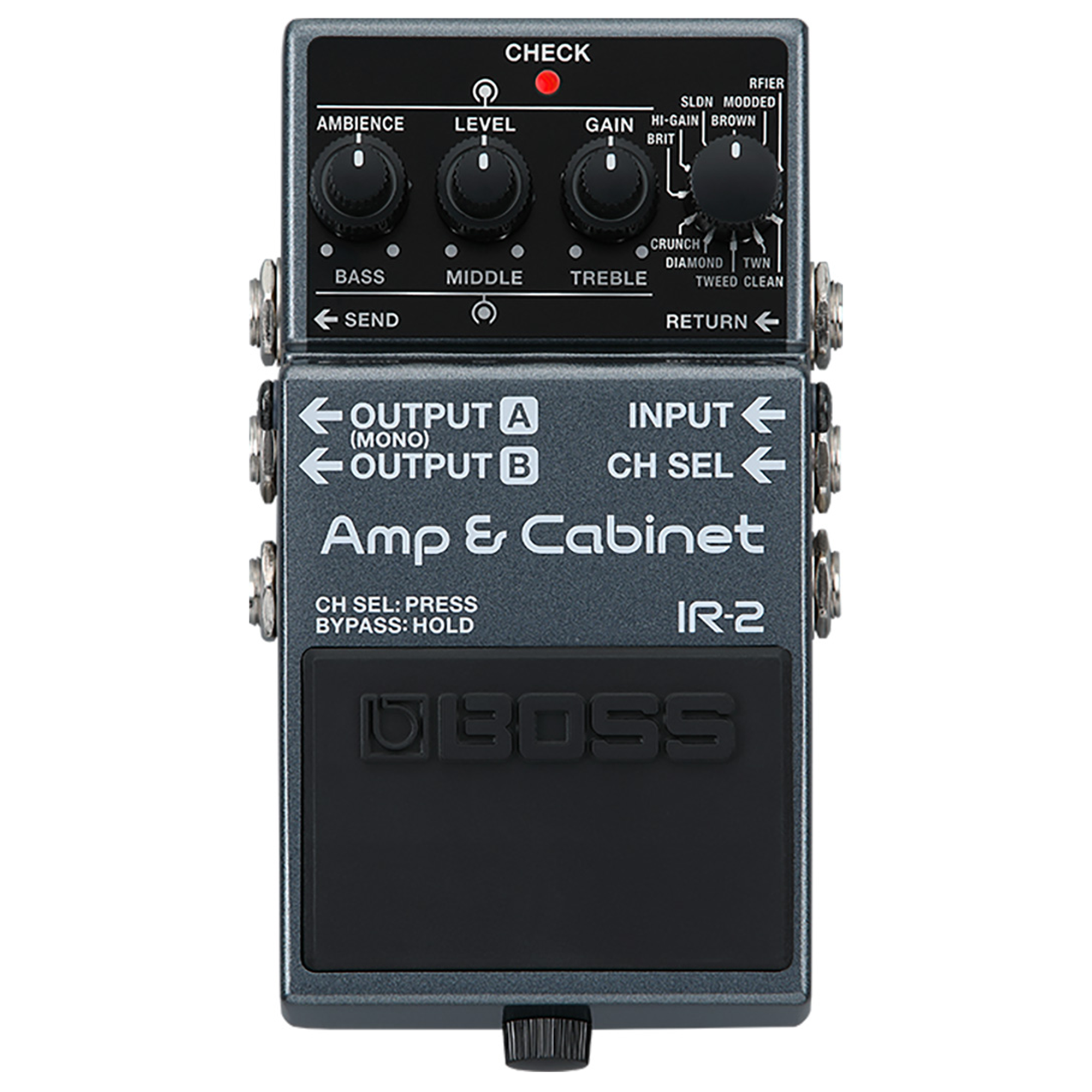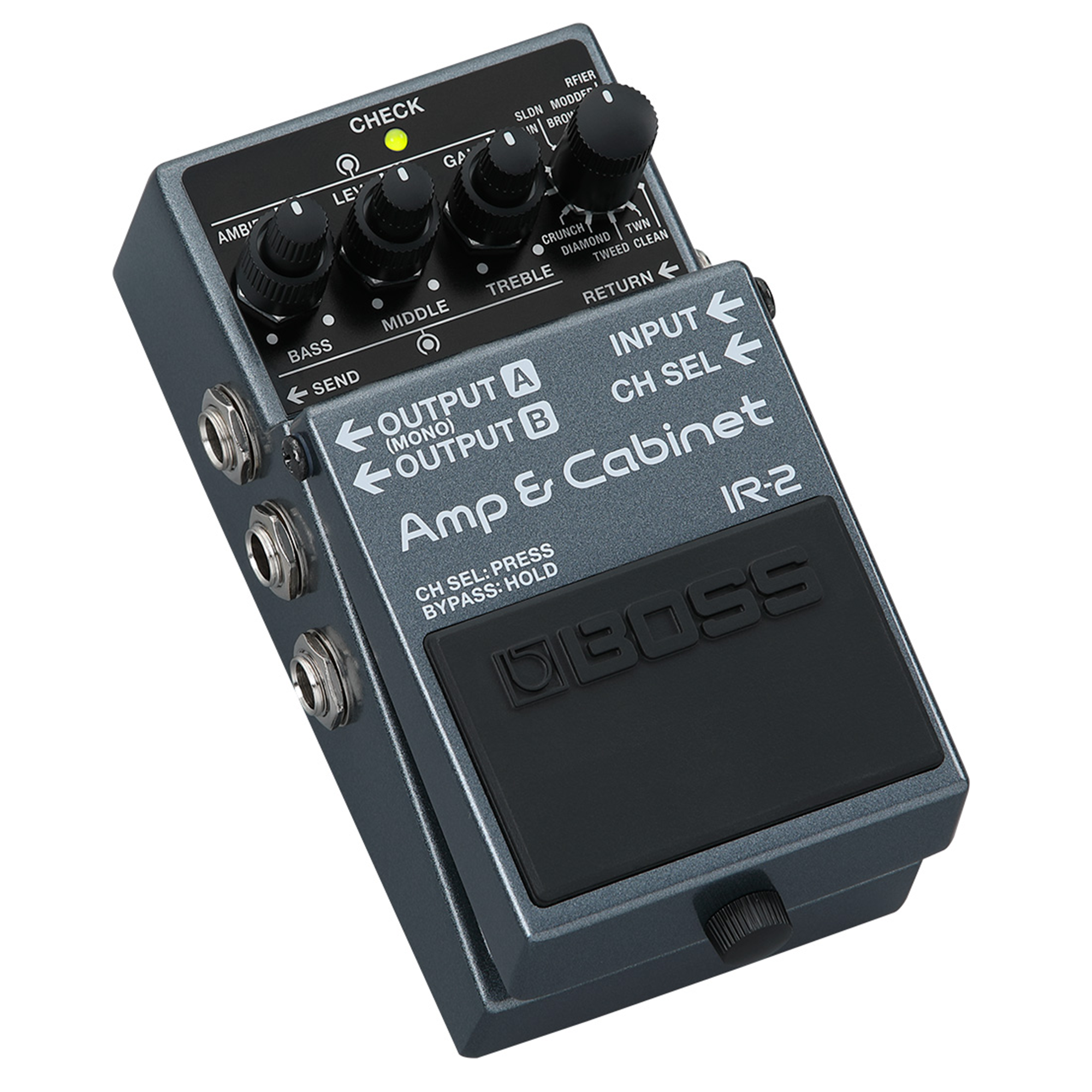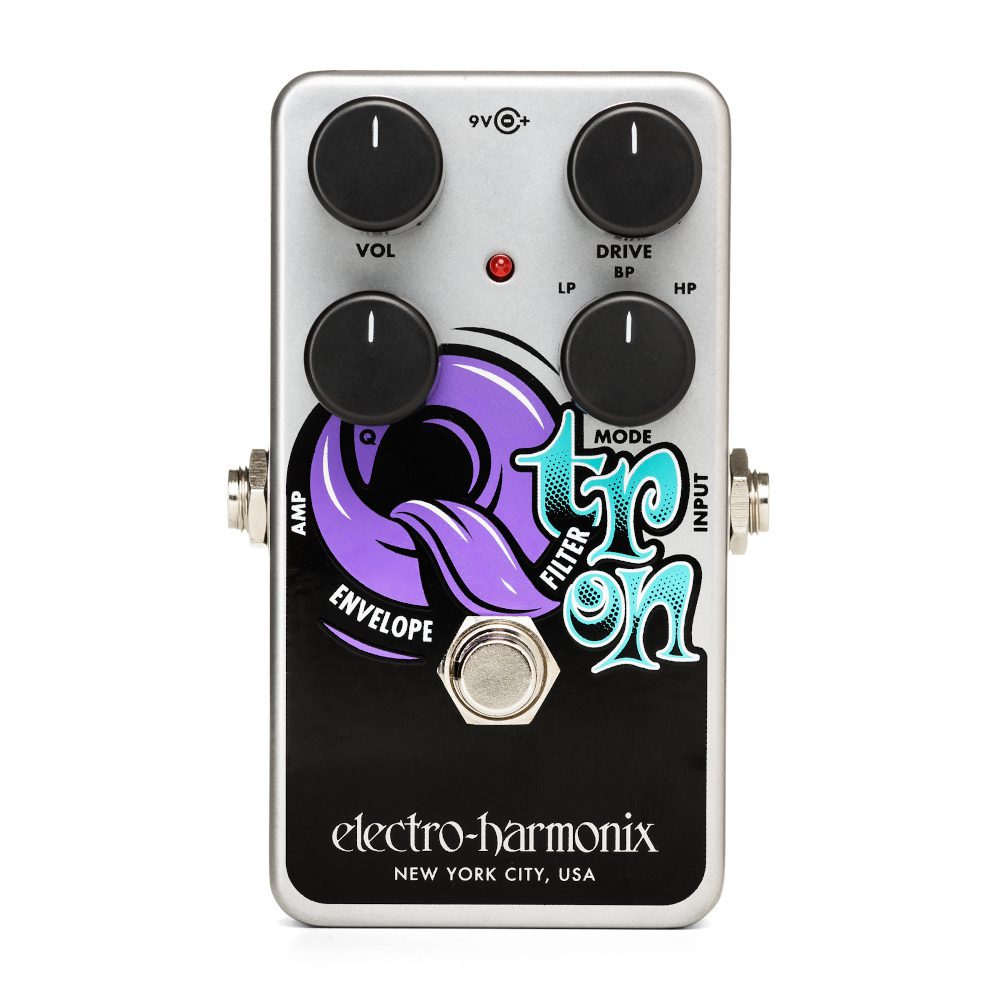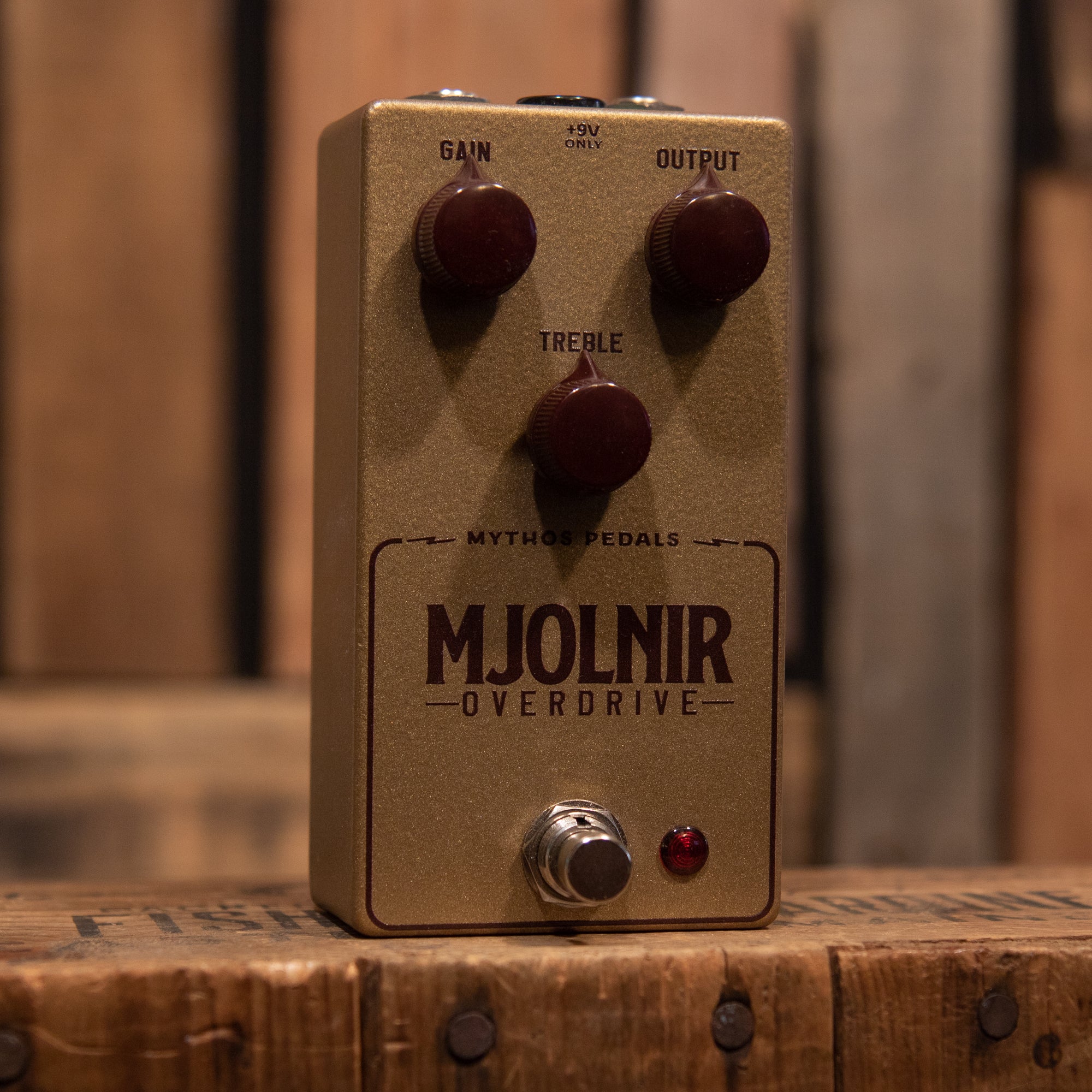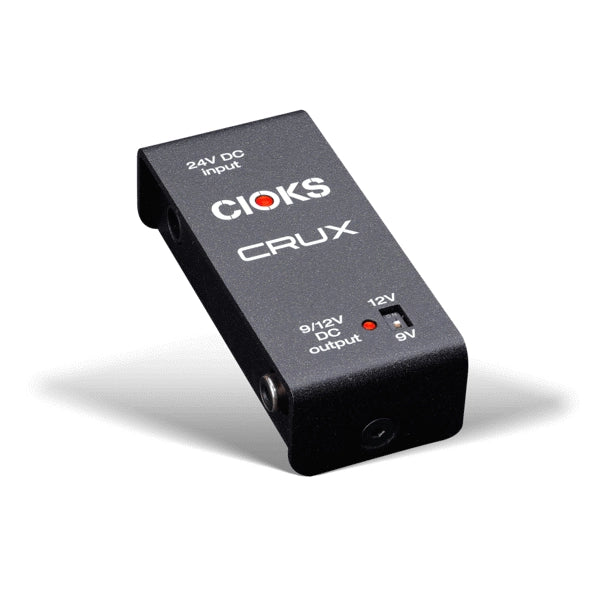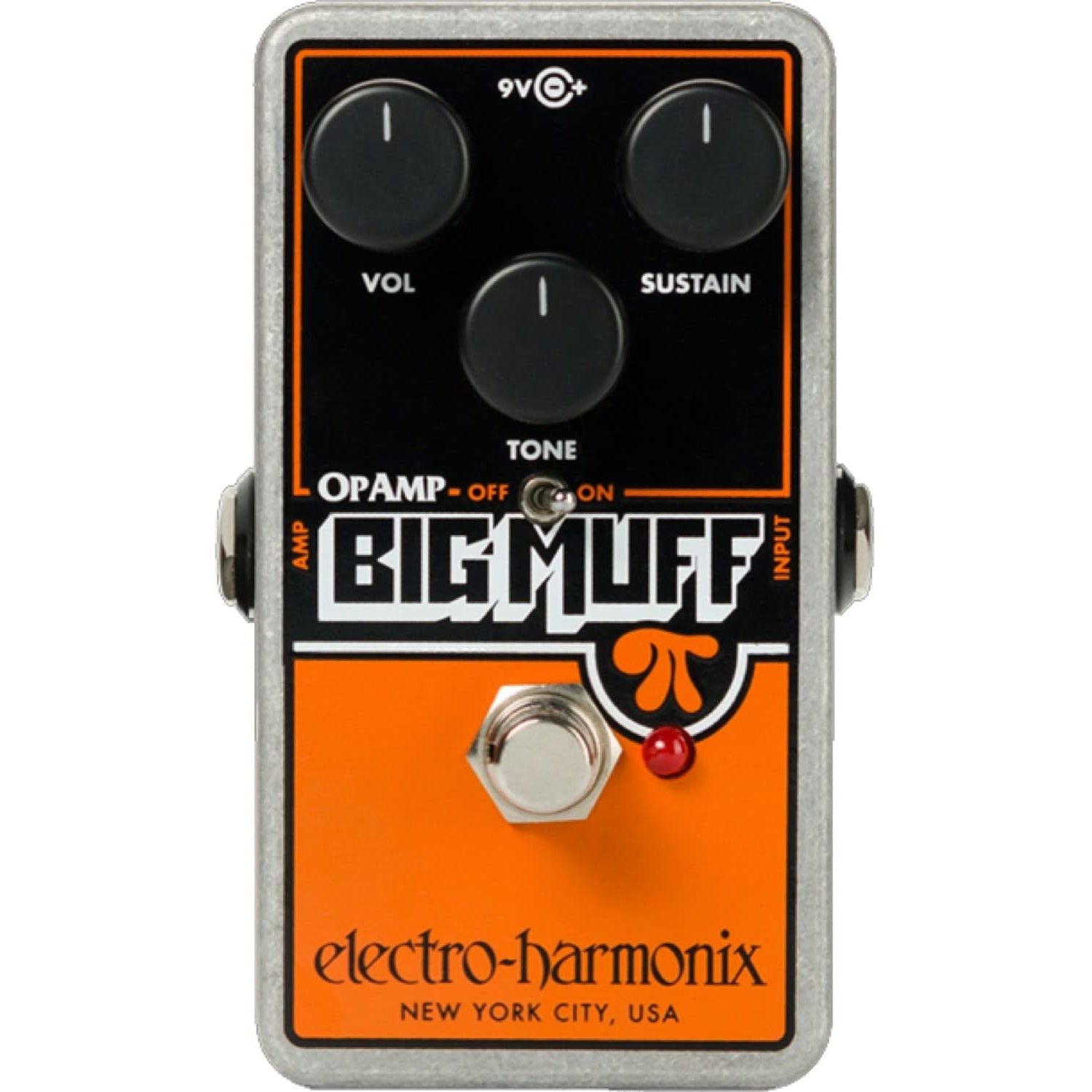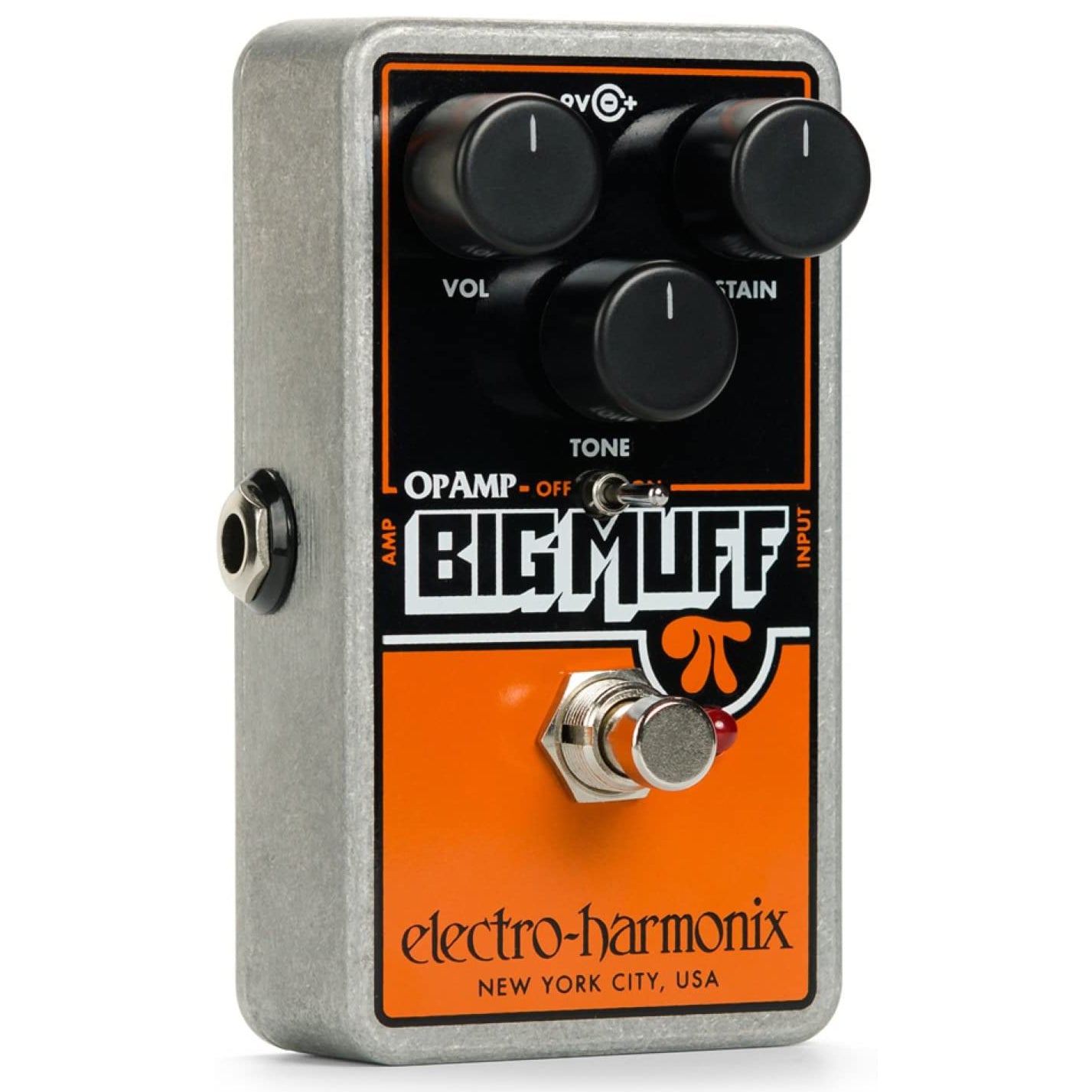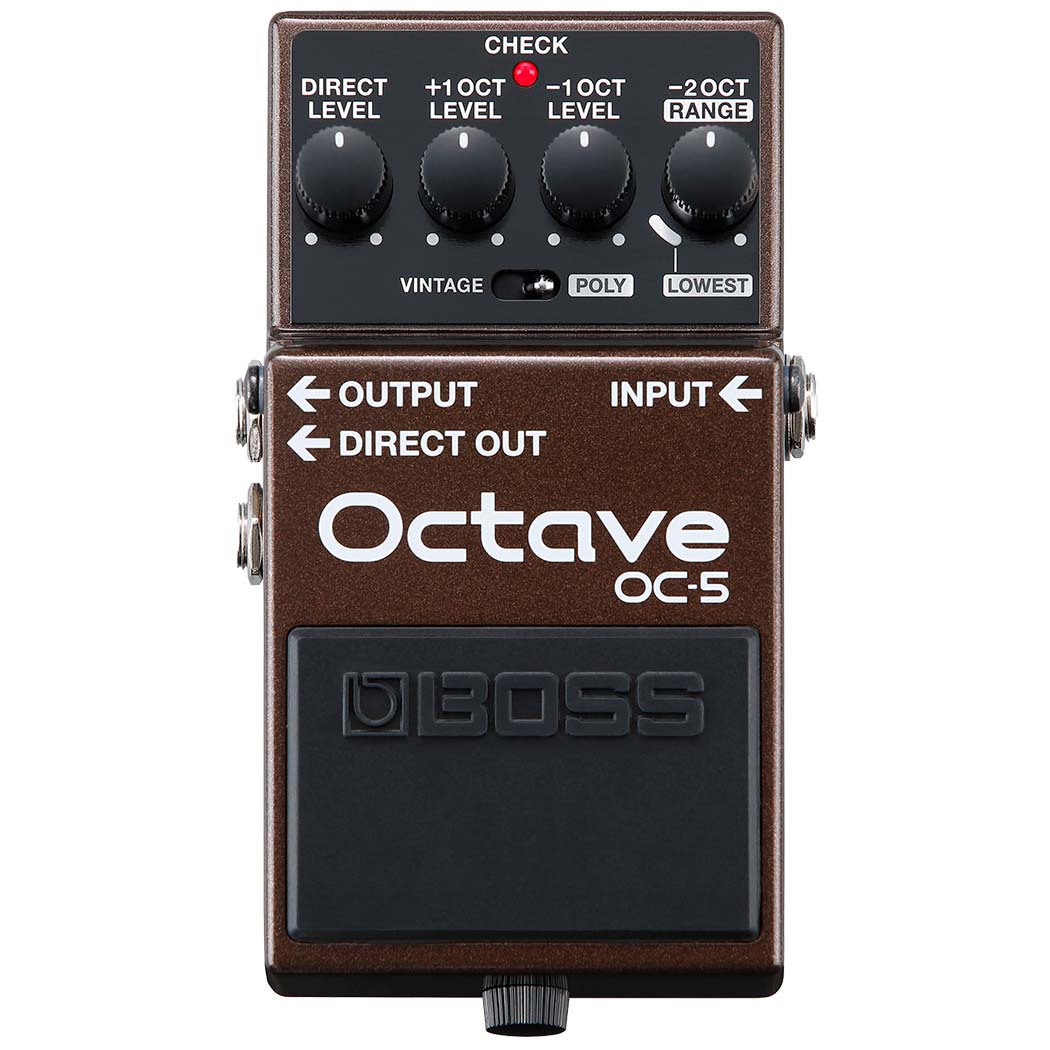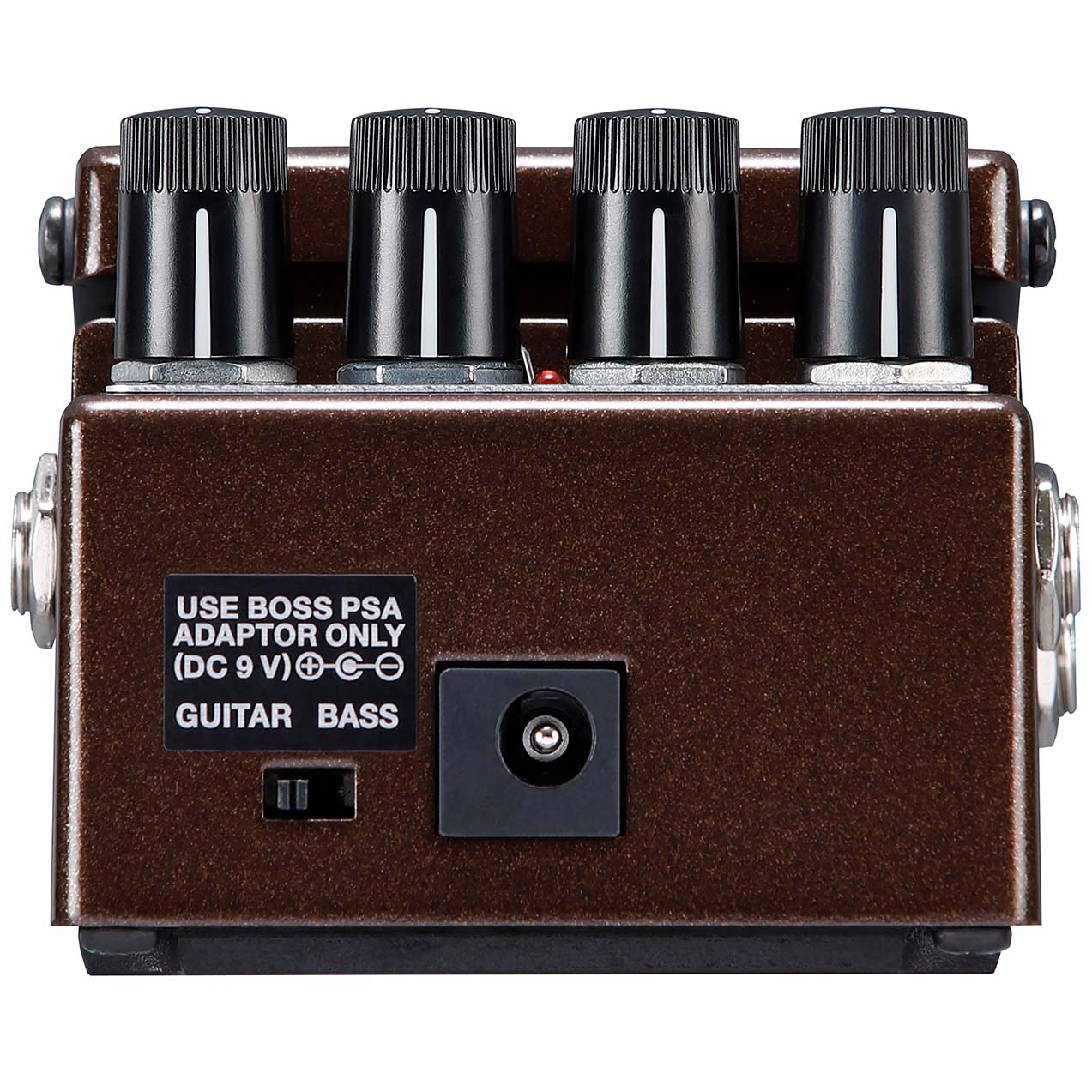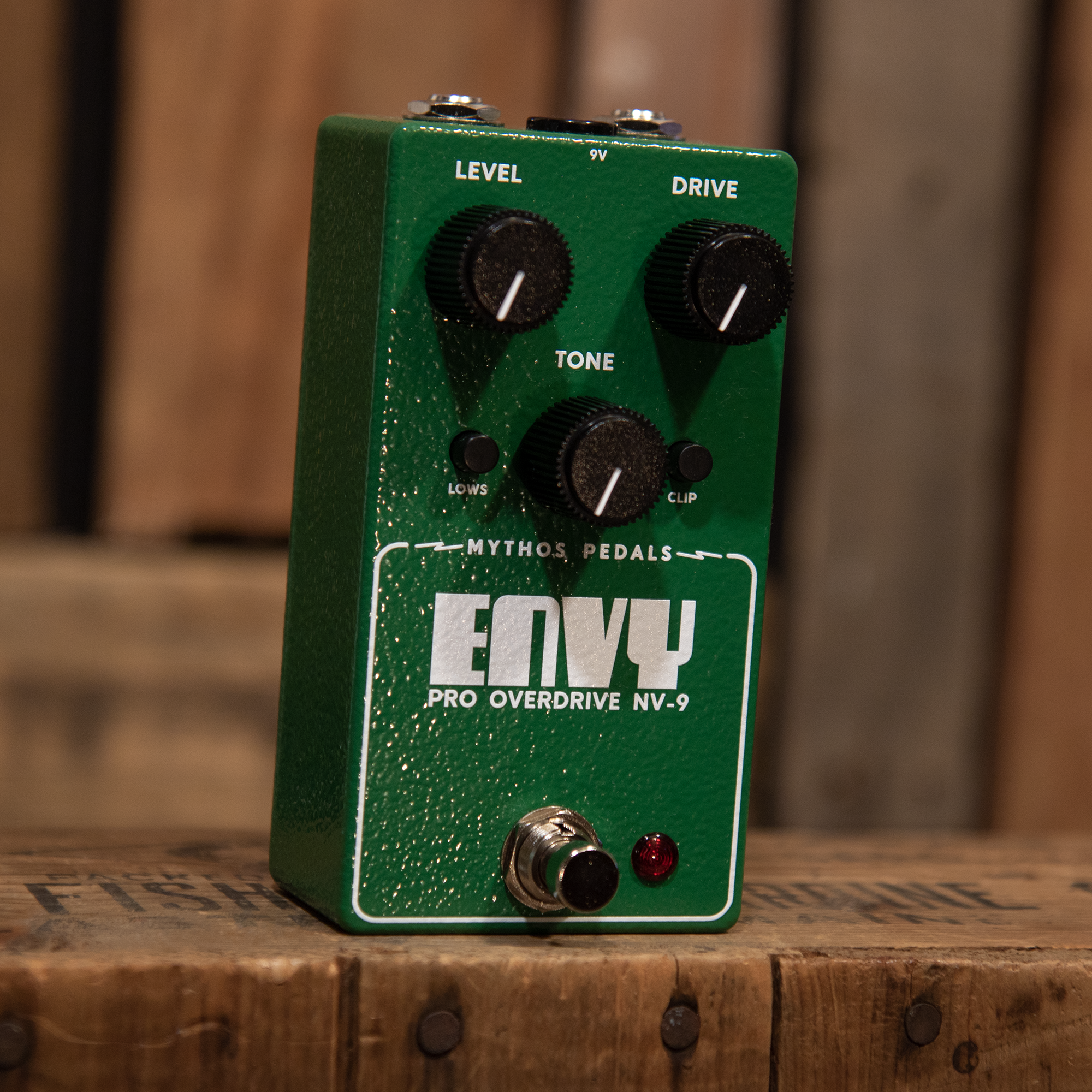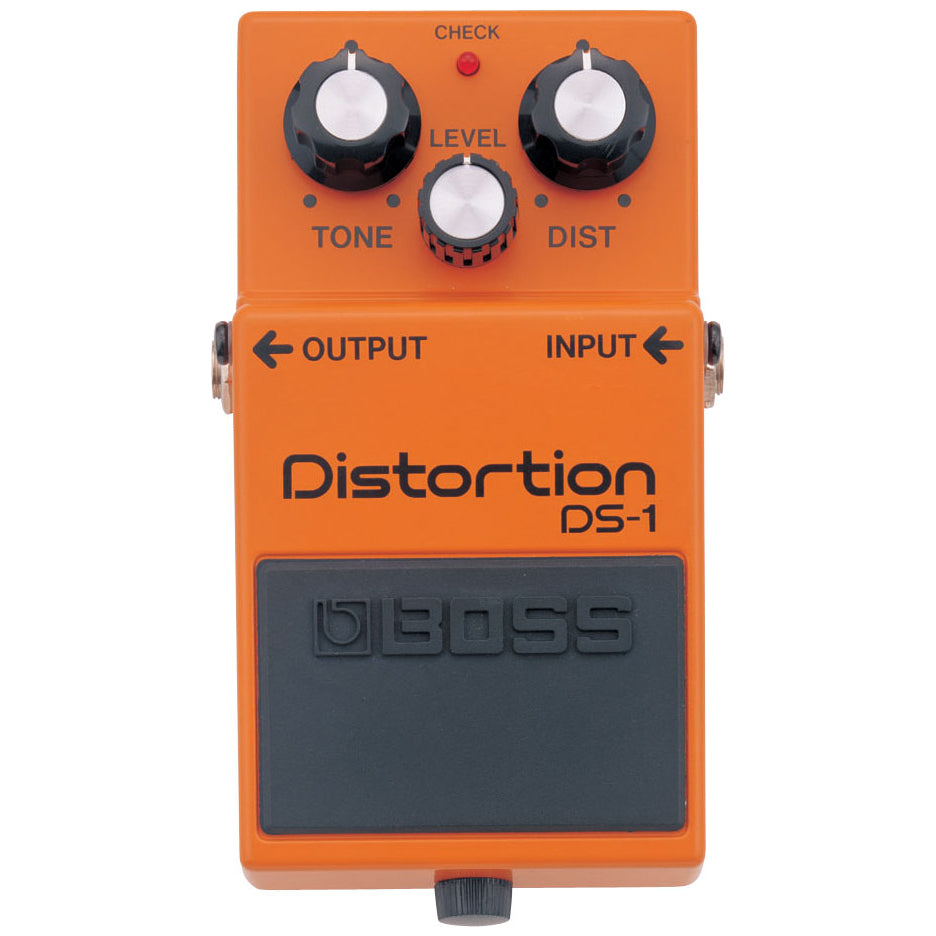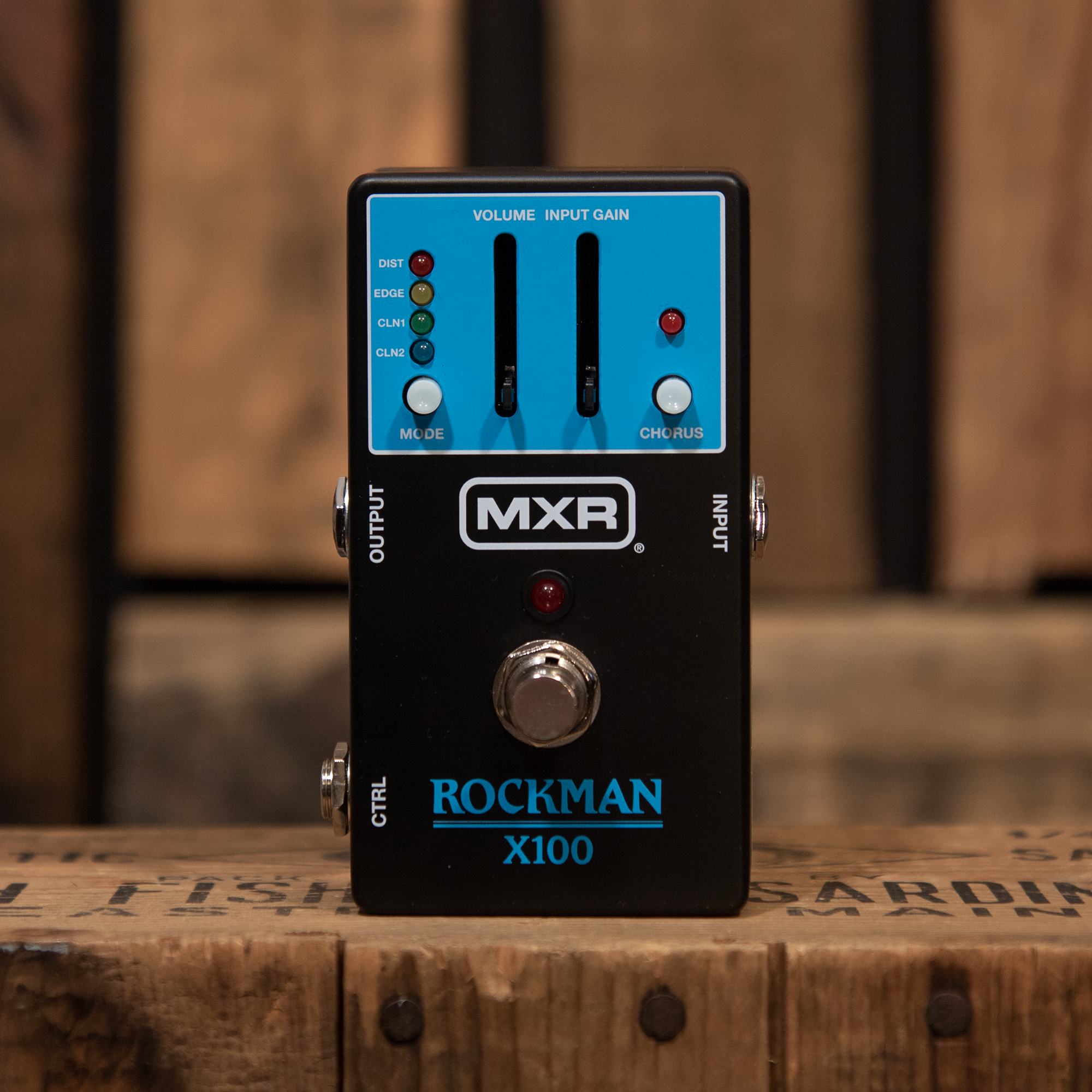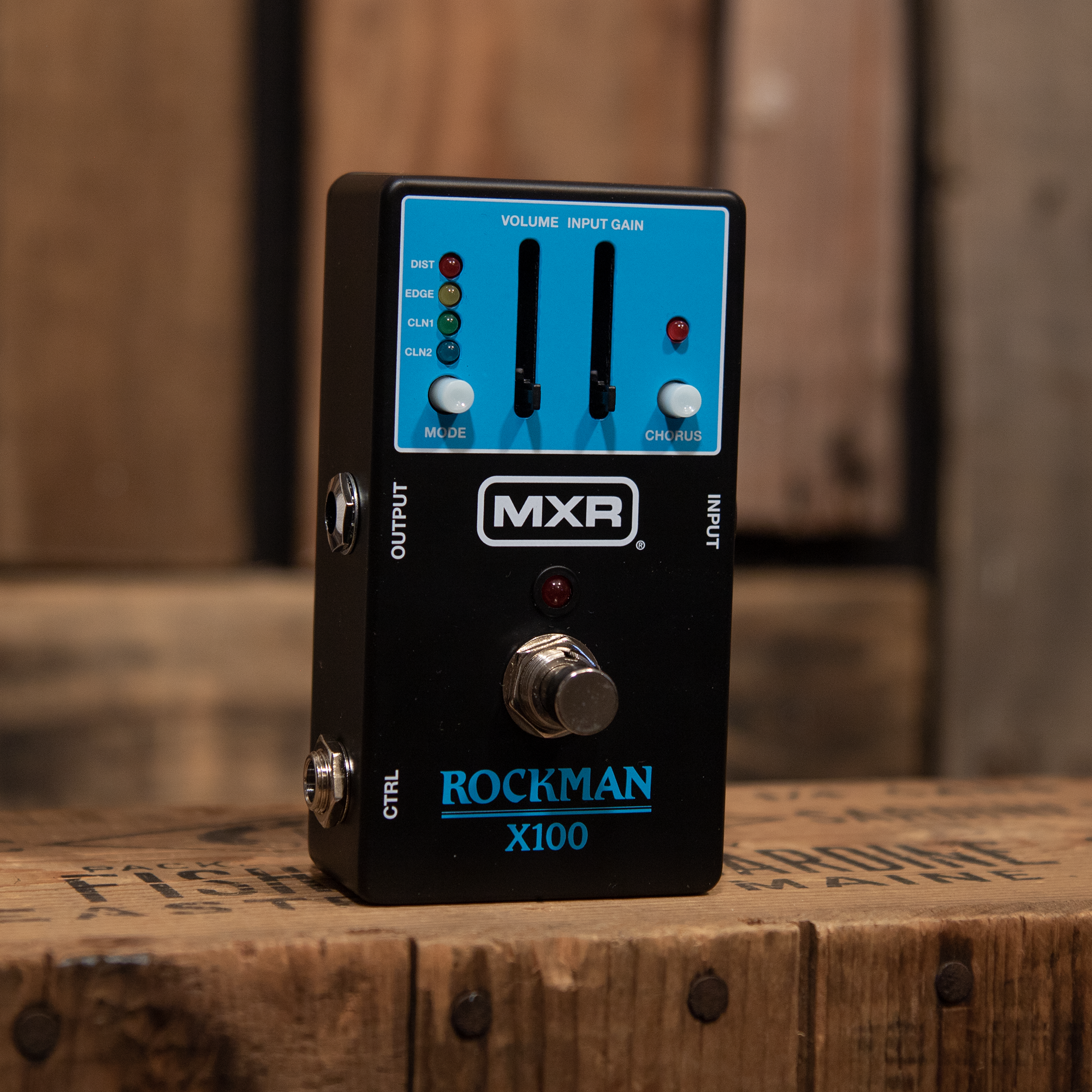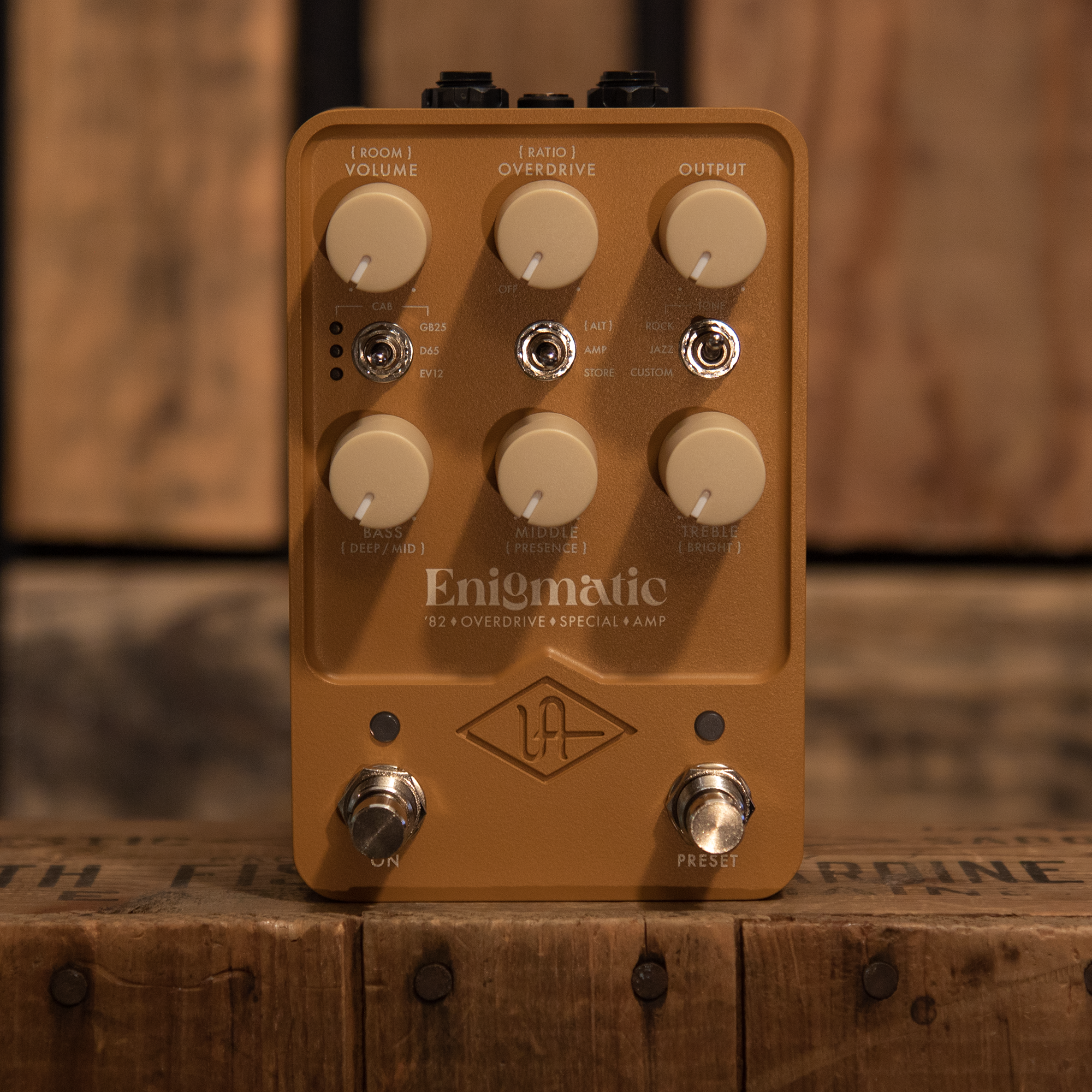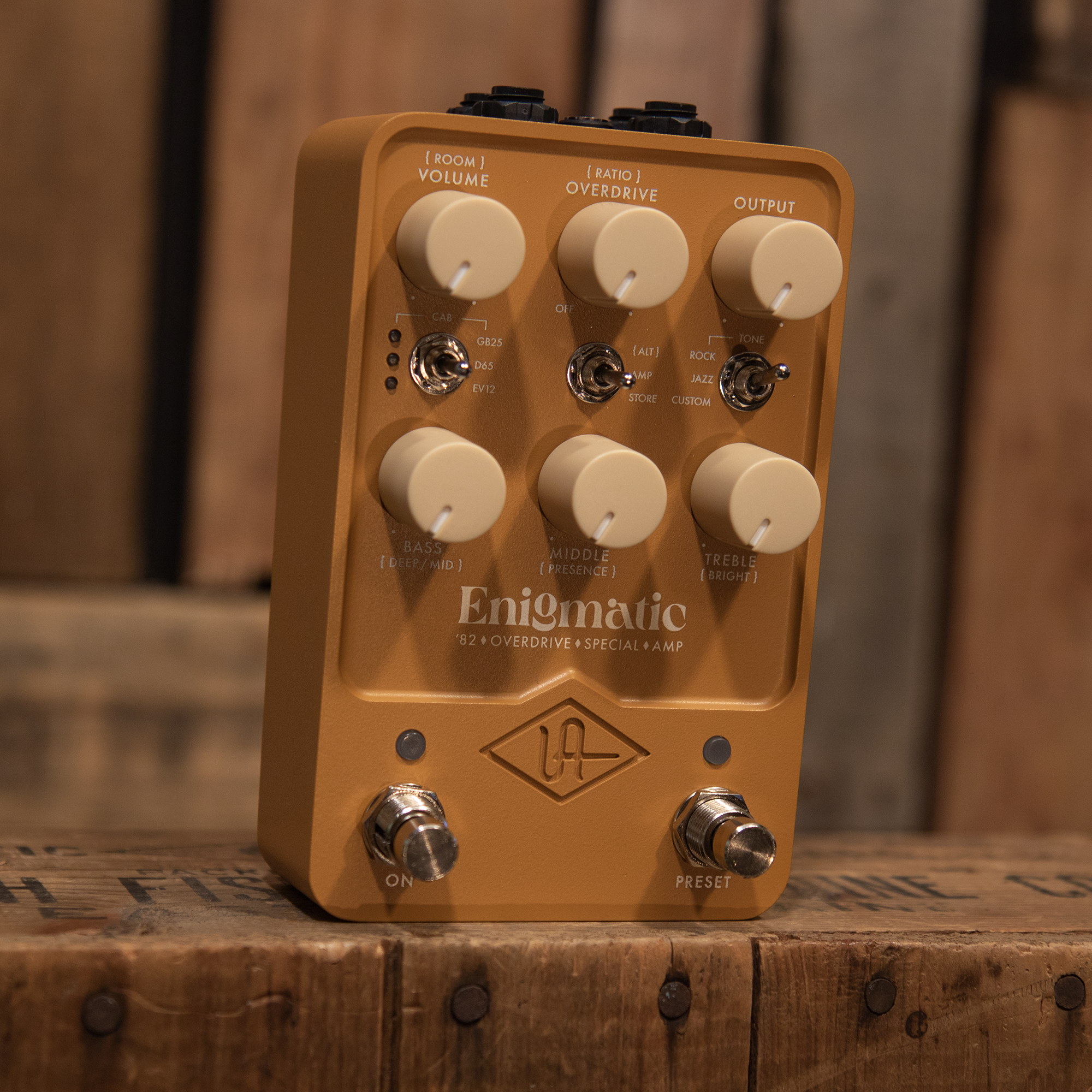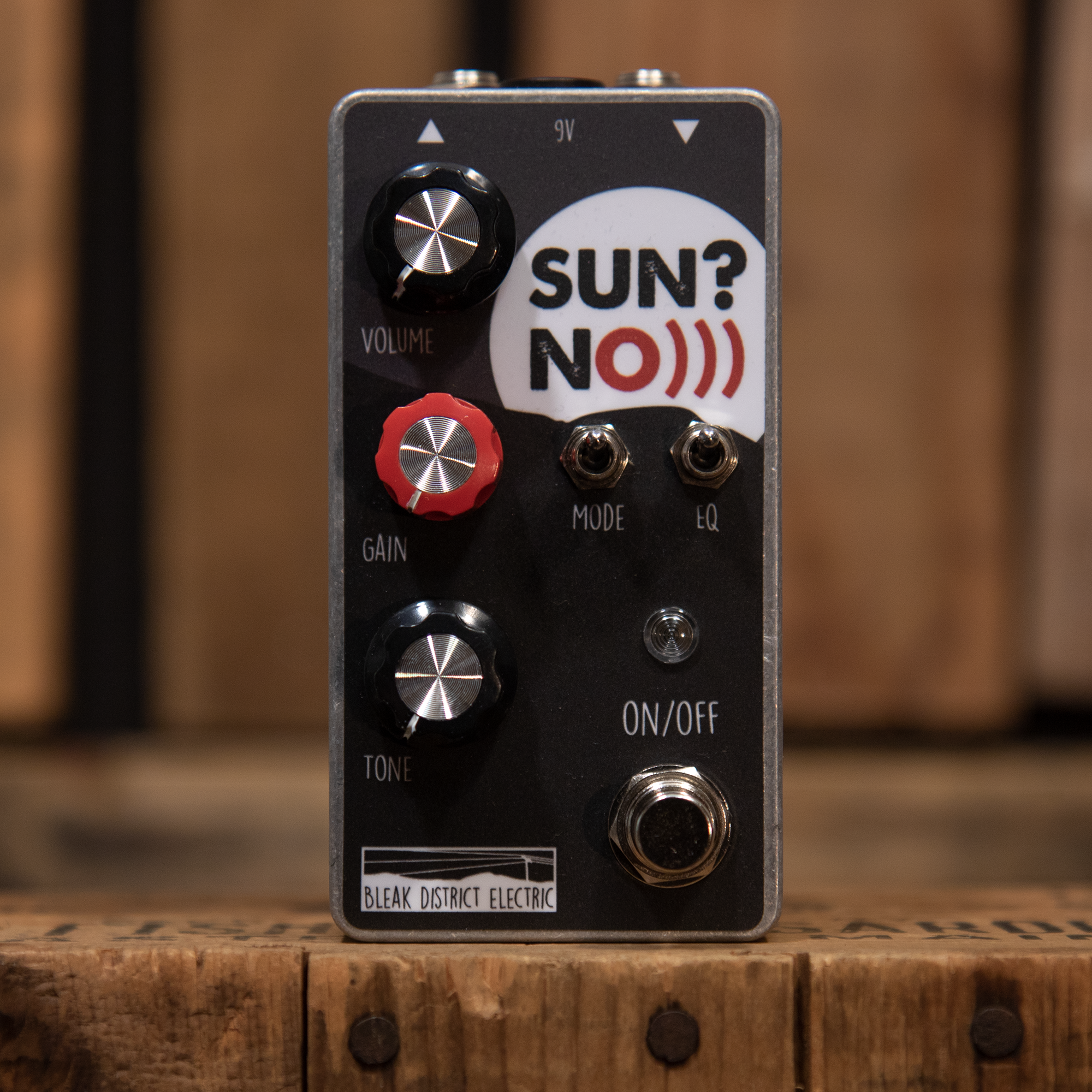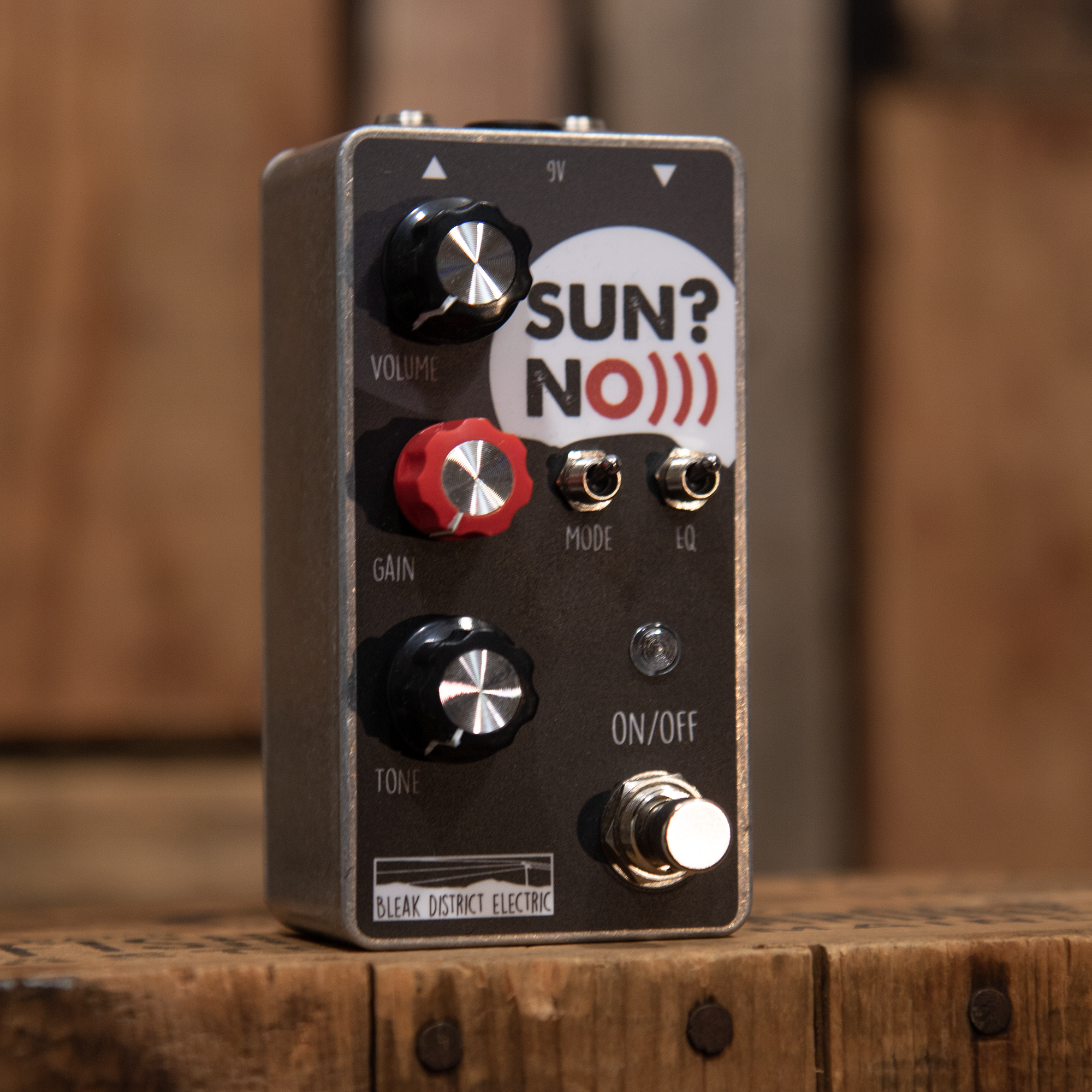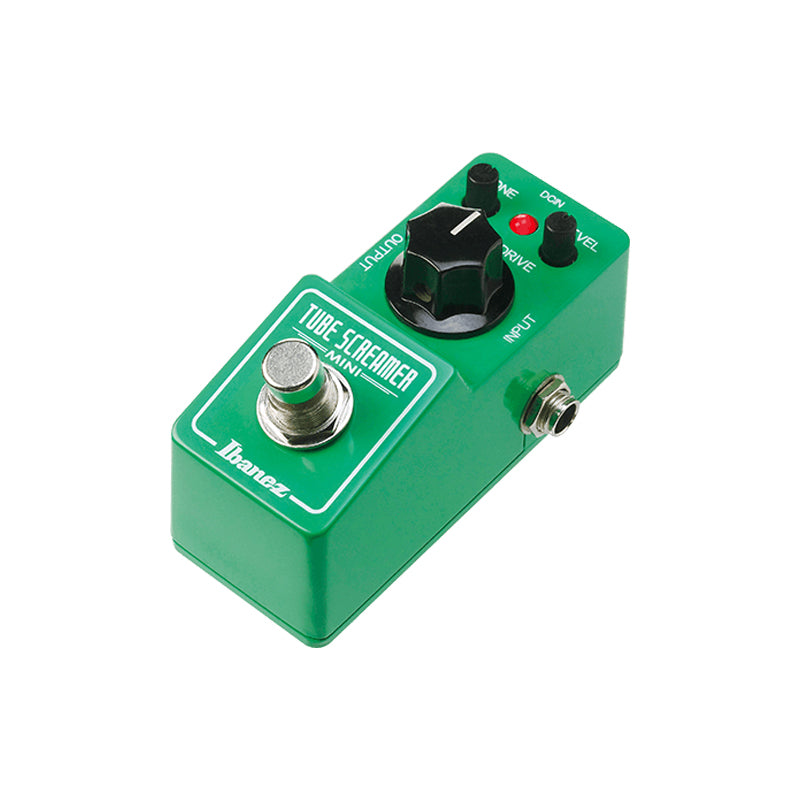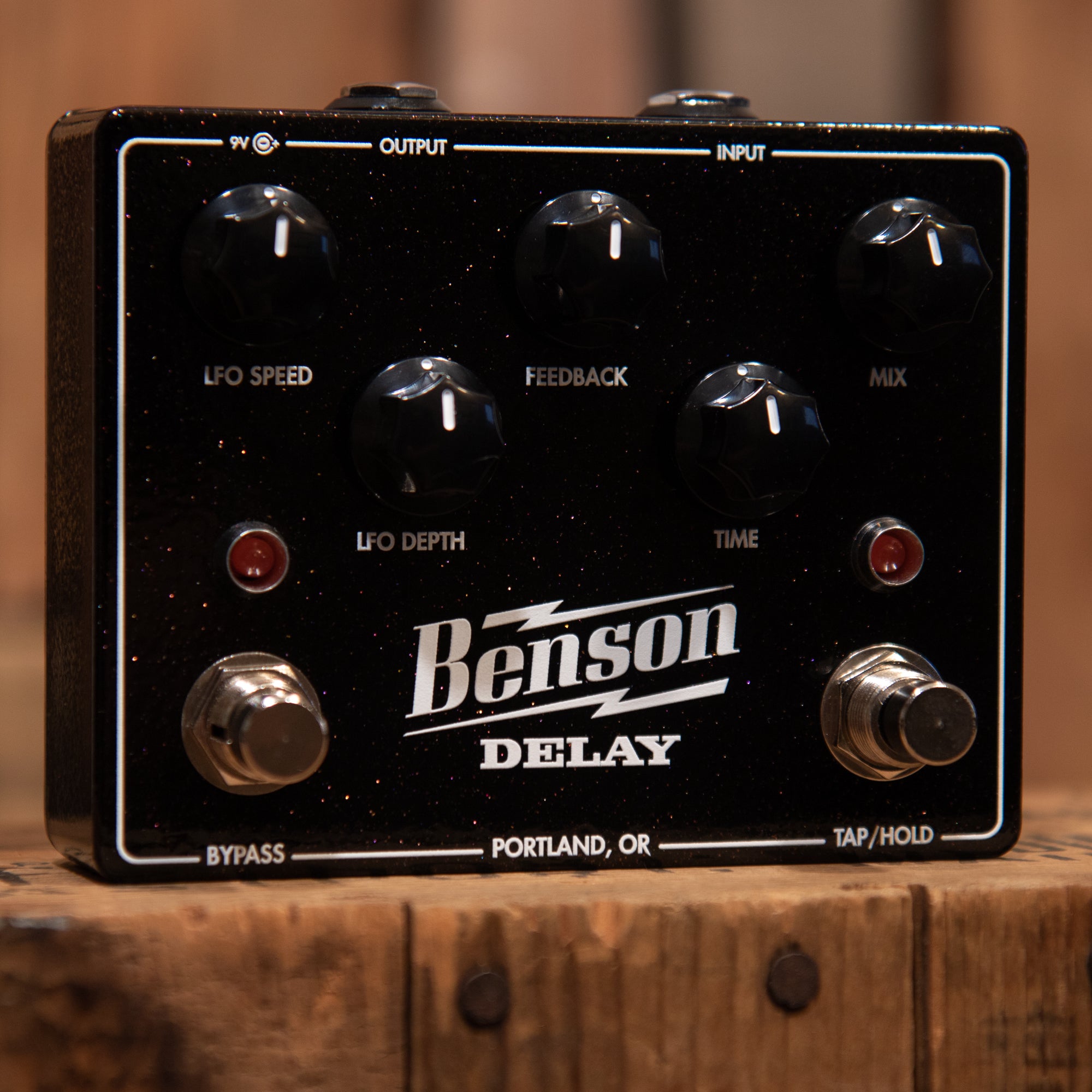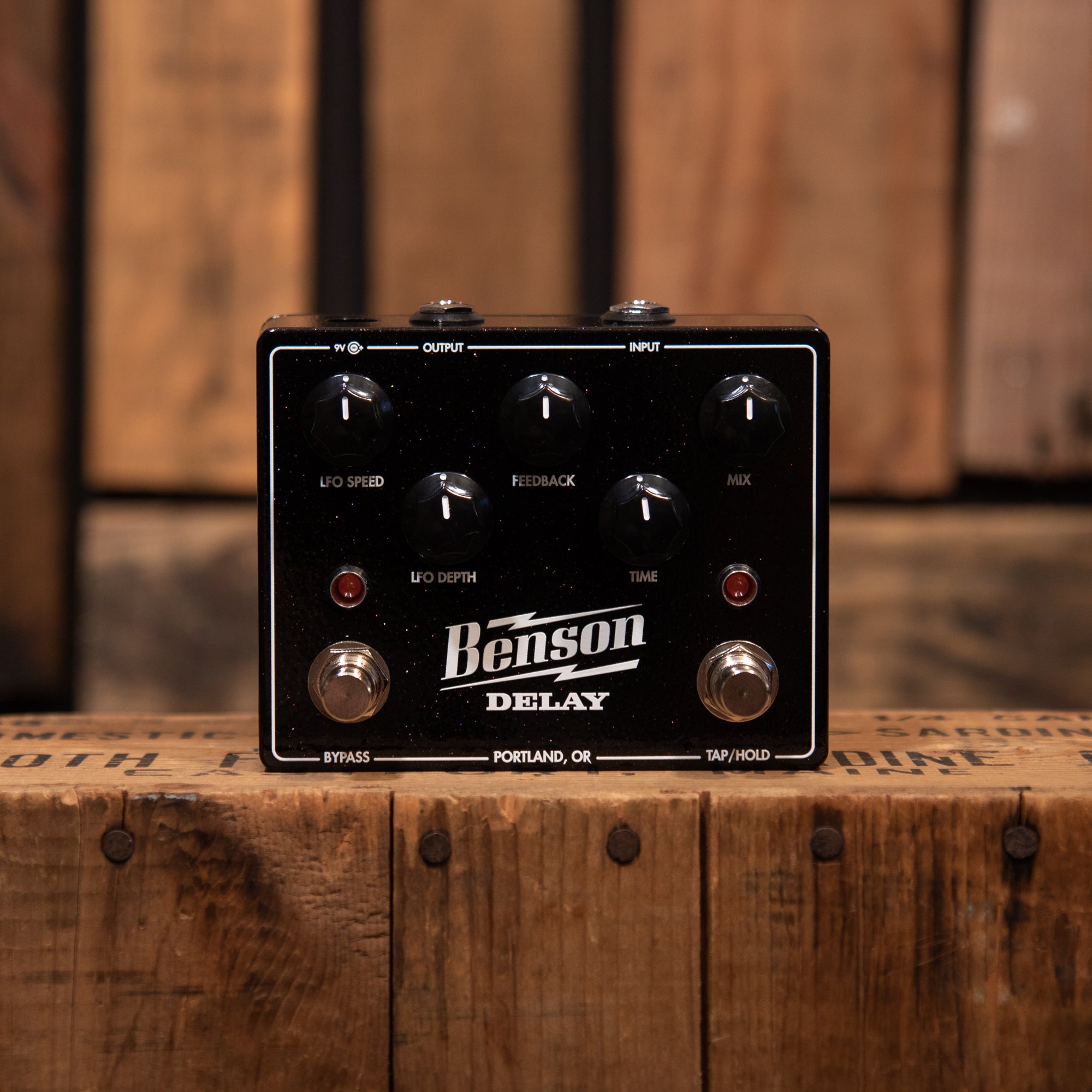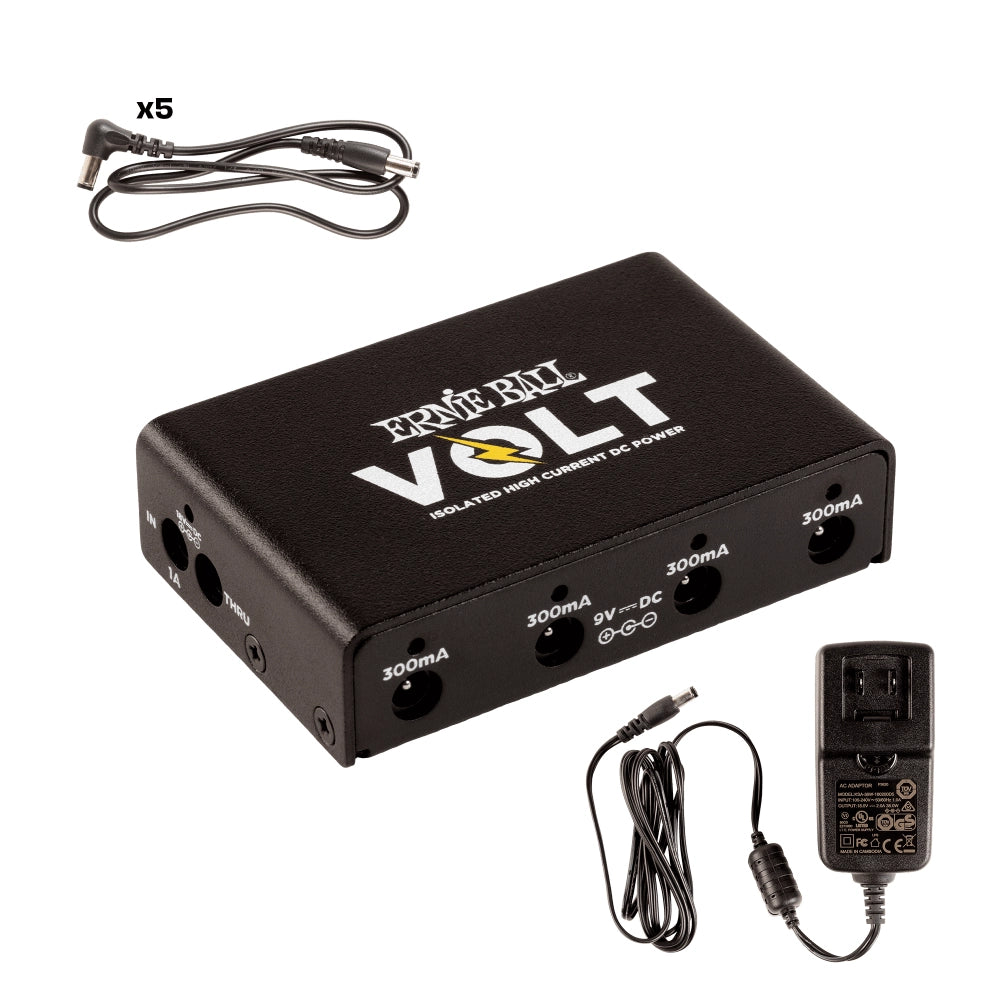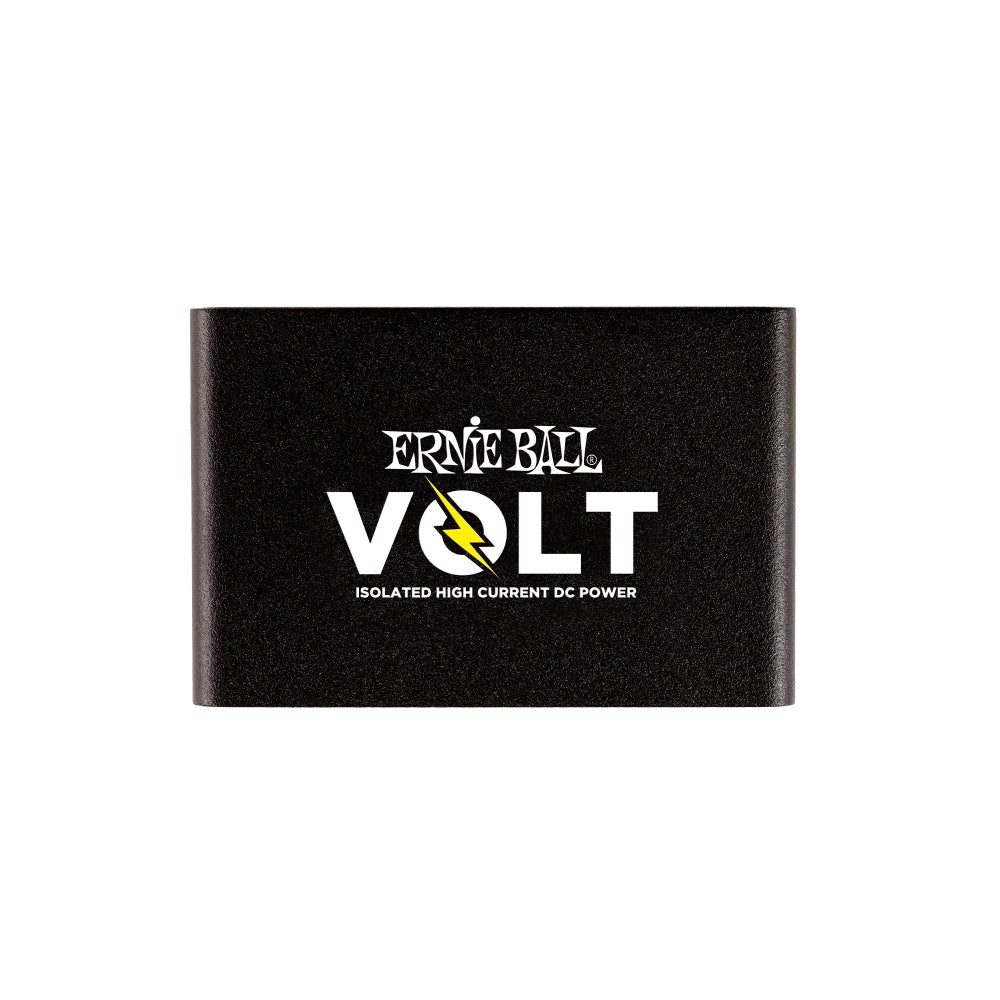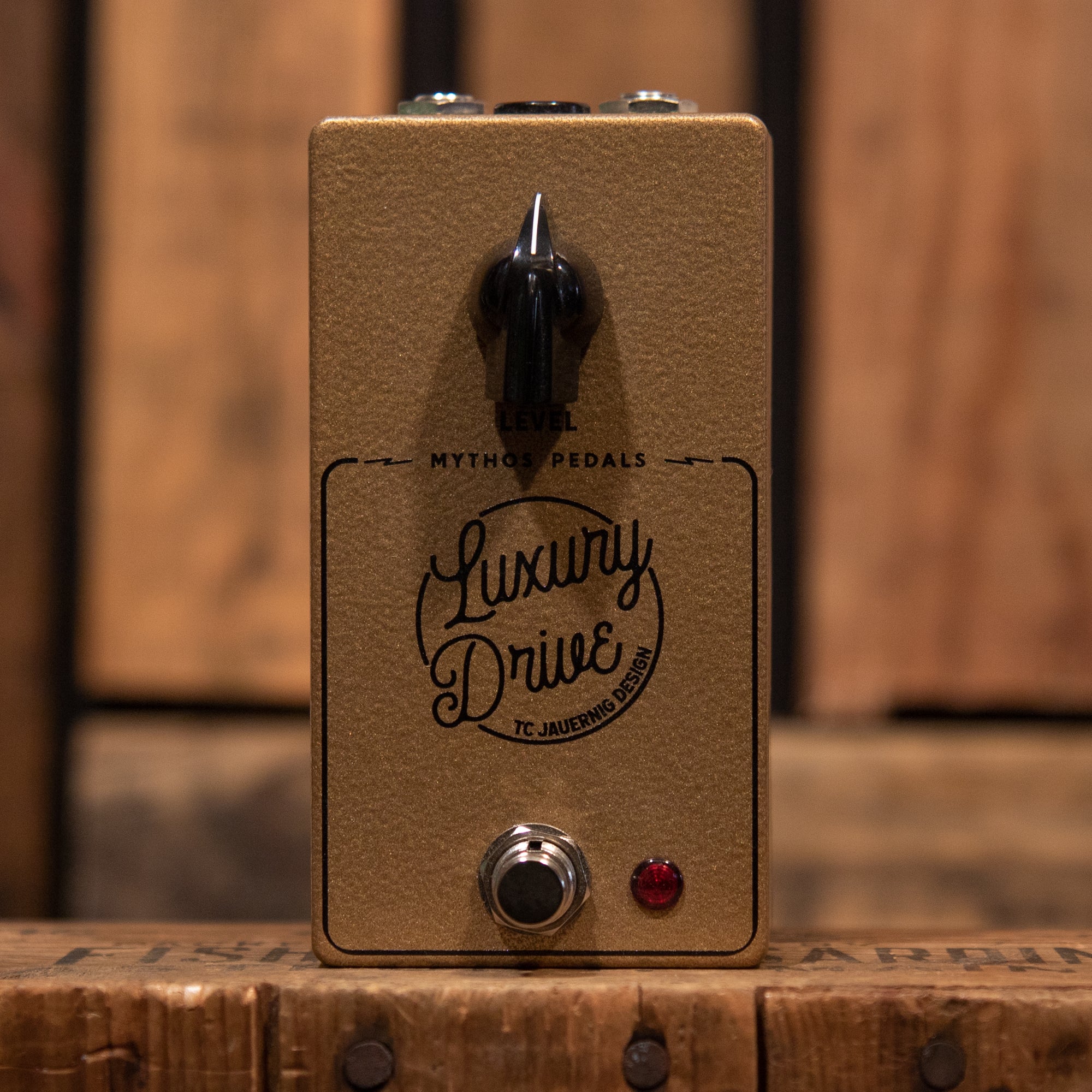What Are Guitar Pedals? A Guide to Shaping Your Sound
If you've ever wondered how guitarists get so many different sounds—from gritty blues crunch to vast, echoing textures—the answer is often these small boxes on the floor.
A guitar pedal, or "stompbox," is a simple device that sits between your guitar and your amplifier. You plug your guitar into the pedal, and the pedal into your amp. When you "stomp" on the footswitch, it turns on an effect that changes your guitar's signal, instantly altering your tone.
You can use a single pedal to add one new flavor to your sound, or connect several in a row to create a unique combination. This is called an "effects chain" or "pedalboard." Experimenting is key—the order you place your pedals in can dramatically change the final sound!
The Most Common Types of Guitar Pedals
Pedals are generally grouped by the kind of effect they create. Here are the main categories you'll find.
1. Drive Pedals (Gain)
These are the most popular pedals, all about adding grit, saturation, and "dirt" to your sound.
-
Overdrive: This gives you the mild, warm breakup of a tube amplifier being pushed to its limit. It's great for blues, rock, and country, adding sustain and attitude without completely overwhelming your original tone.
-
Distortion: This is overdrive's more aggressive sibling. Distortion provides a much heavier, more saturated, and compressed sound, perfect for classic rock, hard rock, and metal.
-
Fuzz: This was one of the first guitar effects. It creates a thick, "zippery," and woolly-sounding distortion, famous from '60s rock and still used for massive-sounding solos and riffs.
2. Time-Based Pedals (Space)
These effects create a sense of space, depth, and ambiance.
-
Delay: A delay pedal records what you play and plays it back to you a moment later, creating an echo. This can be a single, short "slapback" echo common in rockabilly, or long, cascading repeats that build a rhythmic soundscape.
-
Reverb: This effect simulates the natural sound of playing in a physical space. It gives your tone context, from the short "splash" of a small room to the massive, lingering trail of a giant cathedral.
3. Modulation Pedals (Movement)
Modulation pedals add a sense of movement, texture, and "swirling" character to your sound.
-
Chorus: This pedal makes your guitar sound like multiple guitars are playing the same part at once. It adds a shimmering, lush, and watery texture, famously used on countless '80s and '90s clean guitar tones.
-
Flanger & Phaser: These effects create a sweeping, "whooshing" sound, often described as a "jet plane" taking off. A phaser is a bit more subtle and "swirly," while a flanger is more metallic and dramatic.
4. Dynamics & Filter Pedals (Shape)
These pedals don't add a new sound as much as they shape and control your existing one.
-
Compressor: A compressor evens out your playing. It makes your quiet notes louder and your loud notes quieter, resulting in a smooth, consistent volume. It's perfect for punchy clean tones, tight funk rhythms, and long, singing solos.
-
Wah: This is the iconic effect you control with your foot on a rocker pedal. It sweeps the guitar’s tonal frequency, making it sound like it's saying "wah-wah." This is the effect made popular by Jimi Hendrix.
-
EQ (Equalizer): An EQ pedal is like the advanced bass, mid, and treble controls on your stereo. It gives you precise control to cut or boost specific frequencies, letting you fine-tune your guitar's place in a mix.
5. Looper Pedals (Layers)
A looper pedal is a powerful practice and performance tool. It records a section of your playing and plays it back on a continuous loop. This allows you to record a rhythm guitar part and then "loop" it while you practice soloing or add new layers on top.
Find Your Sound
Whether you're looking for your very first overdrive pedal or building a massive board to explore new sonic territories, the goal is the same: to find the sounds that inspire you to play. Browse our collection and start building your unique tone today!
